No matter where you go, animals, waterfalls and geysers are all around in Yellowstone. Established as the world’s first national park in 1872, Yellowstone is home to over 2 millions acres of wilderness. From tiny chipmunks to enormous herds of bisons, all of them thrive in this giant wildlife sanctuary.
There’s no shortage in adventures in here either. We visited Yellowstone during August and although this is probably one of the busiest months in the park (when it comes to the number of visitors), the great thing is that it’s easy to get off the beaten path. I mean, you shouldn’t leave the trails of course, but mind that once you leave the popular driving loop that winds all the way through the park, you’ll have the area to yourself within a couple of yards. Promised. There are more than 1000 miles of backcountry trails and every step might lead to something unexpectedly.
Count at least 3 days, but preferably 4 to explore the highlights of the park. Brace yourself for misty waterfalls, colourful canyons, roaring geysers, scenic drive vistas and mirror lakes. And of course for all of its lovely local inhabitants in between. Let’s hope it’ll stay this wild forever!
Below the itinerary I’d recommend you to do! Want to see more pictures of Yellowstone? Click for my photos gallery with the best wildlife shots in here and here!
Day 1: The Northern road
Enter from the upper eastern side and behold what this wonderful road into Yellowstone has got to offer you in terms of wildlife, waterfalls and viewpoints.
6 am – Beartooth Highway
In for epic views? Snow-capped peaks? Windy roads? Alpine tundra? Then this highway is a pretty neat one for you!
If you can, try to enter Yellowstone via the Beartooth Highway. This 67 miles / 107 km scenic drive has been nicknamed “the most beautiful drive in America” by journalist Charles Kuralt and we think this road is absolutely worth the detour. Cruising both Wyoming and Montana, the road reaches over 12000 ft /3600 m in elevations with gorgeous views on both the Absaroka and Beartooth Mountains. Expect lakes, pieces of tundra and lots of marmots.
Perhaps you’re a bit afraid to drive that high up in the mountains? No worries, with any regular car you’ll be just fine. We camped ourselves at Greenough Lake the night before, just to be sure that we could drive this highway early in the morning. Greenough Lake is an excellent campground – with many spacious spots along the river. And friendly neighbours who keep you’re fire stay lit :).
9 am – Trout Lake
By now you’ve already entered the park. Are you up for a small little hike between all of the driving? Trout Lake makes for a lovely break! Just south from the Pebble Creek Campground the trailhead starts from a small pullout. It’s half a mile / 800 meter from here to reach the lake.
It’s possible to walk all the way around the basin and if you’re as lucky as we were, you might even see an otter! Be quiet while walking though, as these creatures are super sensitive.
10 am – Lamar Valley
Together with Hayden Valley, Lamar Valley is one of the most popular places to spot wildlife. The best time to visit the area would even be earlier in the morning. But for now you can focus on the bisons, because you’ll see a hell of a lot of them in here!
During the early mornings this place truly is a wildlife bonanza. Pronghorn antelopes, bears, mule deers, elks, bighorn sheep, moose, coyotes and wolves are all grazing or migrating in the valley. Gotta catch ’em all!!
And don’t be surprised if you’re caught up in traffic – bison and wolf jams are a real issue in here :)!
12 pm – Slough Creek
Wolf watching is a popular activity in Lamar Valley and Slough Creek is the best spot to see them. People start in here as early as 5 am to get a glimpse of the packs that roam these prairies and hillsides. So yes, 12 pm won’t be the best moment to get here, but the itinerary will guide you back to Slough Creek in the morning as well
Still, even during the middle of the day you’ll encounter wolf experts who are waiting for hours alongside their expensive big binoculars. They seem to know every pack by name. Ask them for information, in general they are very eager to share their knowledge.
1:30 pm – Roosevelt Lodge
Time for lunch! The Roosevelt Lodge was my favourite break spot in the entire valley. Even if you’re only in need for a cup of coffee, this place is worth a stopover.
The wooden, historic building has a lovely front porch, where you can sip your coffee in one of those squeaky rocking chairs. This backcountry lodging gave me a very sweet wild wild west feeling.
3 pm – Petrified Tree
Honestly, this is not thé most interesting stop of the day (I didn’t even make a picture), but it’s only a quick detour from the northern road, so why not have a look at this tree that has been – yes you guess it right – petrified! You may just never see such a thing again in your life. Period.
3:30 pm – Blacktail Plateau Drive
If you’re not in a hurry this nice 6 mile alternate route from the main road is worth another detour. It takes you all the way backcountry and especially around dusk or dawn you might see a lot of wildlife in here (as anywhere throughout the park).
Don’t drive to fast, as the deer are never far away in here.
5:30 pm – Undine Falls
Close to the road, this pullout is a decent stop for anyone who’s pretty tired at the end of the day. All you have to do is literally step out of your car and stare at this pretty fall. Sounds easypeasy right?
6 pm – Sunset wildlife spotting
Where to you want to close off your day may depend on where you’re staying. But no matter the campground or lodge that you picked, Lamar Valley and Hayden Valley are always a good starting and ending point of your day!
Just look at this howling coyote that we saw at Hayden Valley at dusk. Pretty cool right?!
Day 2: The geyser day
“There is frequently heard a loud noise like thunder, which makes the earth tremble”… Explorer William Clark made it pretty clear in his journal some 200 years ago that the lands in the north were quite extraordinary. But his stories and those of other explorers were mocked and called “mad hallucinations”.
Decades later, when all of these strange talks and doubtful tales of wonder were finally verified by a photographer and a painter, the excitement about the area was all around the country. In order to prevent the remarkable place from being exploited, Congress voted in 1872 to turn 2 million acres of land in Wyoming into the world’s first National Park: Yellowstone.
Ever since, millions of people have set out to see the thermal features of the park and its wilderness around with their own eyes. As the Yellowstone area sits atop a huge volcano caldera, it’s heat forces boiling water and steam towards the surface – resulting in geysers, hot springs, fumarole (steam vents) and mudpots.
There are so many spots where you can see (and smell!) all of these weird elements. You need at least a day to appreciate them all. From north to south – these were my favourite stops along the Yellowstone loop!
This itinerary takes off more or less where the Day 1 itinerary stopped
8 am – Mammoth Hot Springs
The impressive limestone area of Mammoth Hot Springs is huge. I could in fact make a separate article about it to tell you what to see in there. But in general I’d advise you just to go there, pick up one of those leaflets for a dollar and just go with the flow.
Take at least 1,5 to 2 hours for a full and non-rushed visit.
Most of these hot waters are flowing through ‘terraces’, structures that were created over the years by ancient limestone deposits and water rich in calcium and sulphur. The outlook of these terraces changes constantly. So it may be that the springs look quite different upon a next visit. This is a natural process; new heat escapes may pop up and other may die out.
The Mammoth hot springs can be divided into two sides: the upper and lower part. The lower part can only be reached by foot. So park your car and jump out for a little stroll on the boardwalks. The upper part is a one-way drive (2 miles / 3.2 km) with several pullouts along hot springs and traventine formations. Expect orange, green and creamy colours in the springs.
10:30 am – Roaring Mountain
Okay, this honestly isn’t the most interesting stop if you consider the rest, but it might be fun to get out of the car and stretch those legs during the drive between Mammoth Hot Springs to Norris Geyser Basin.
The mountain is quite bizarre as it is full of fumaroles – steam vents. Because of that the mountain hisses a bit, which explains the ‘roaring’ part.
11 am – Norris Geyser Basin
Another big area with all types of thermal features: geysers, hot springs, mudpots and fumaroles. Fun fact: Norris Geyser Basin is the hottest thermal region in Yellowstone National Park! Below the surface at 1000 ft, scientists measured the highest temperature recorded in the park of 459 degrees fahrenheit / 237 degrees celsius. At the surface of all of that, pools of acidic and super-hot water house living mats of green, orange, pink and very blue microorganisms. The bluer the pools, the warmer they are so I’ve learned.
Stretch your legs and grab your hiking shoes, as there are several trails that take you all around these colourful basins that just needs to be explored. The trails I mean of course, not the pools!!! That said, stay on the trails as you really don’t want to fall into one of these cooking pots.
1 pm – Artists Paintpots
This won’t be the thermal highlight of your trip and yet, Artists Paintpots is worth a stop. From the parking lot it’s a short hike to the start of the trailhead, which is a modest loop around different types of mud pots with various colours for show. Not sure why, but it’s just hypnotising watching these mud bubbles pop. It’s basically like you’re looking into a magic potion cooking pan with smelly scents. Your kids will love these bubbles for sure too.
On top of that, the upper parts of the loop provides a pretty overview of all the colours and bubbles in the area and a proper vista on the surrounding forest too.
2 pm – Firehole Canyon Road
After all of these stops you might need to blow off some steam yourself too. As you’re cruising south, take a turn at the Firehole Canyon Road. Near the end of it you’ll find one of the few places in Yellowstone Park where you’re allowed to swim in the outdoors: the Firehole River Swimming Area. Unfortunately I didn’t have time myself to drop into the river, but it seemed like a lot of fun! Plus the alternate road is fun to drive as well.
Count an extra hour for the swimming in here.
3 pm – Firehole Lake Drive
Another fun little alternate drive that offers a bit of everything when it comes to thermal features. Firehole Lake Drive is a one-way loop (3.3 miles / 5.3 km) between Old Faithful and Madison Junction and on the right side of the road (as seen on the map)
It has a big geyser, a few smaller geysers that erupt frequently and a couple of colourful hot springs. As it’s stretched along a prairie, there’s a big possibility you can spot some wildlife too in between.
Elk, bison and coyote all roam these grounds. If you want to see those, bring a visit around sunrise or sunset – always a better time to see the mammals and birds.
3:30 pm – Grand Prismatic Spring
For me this was the thermal highlight of Yellowstone. Perhaps it’s the most crowded one too. The parking lot here is pretty small and gets very congested in summer.
It’s understandable. Everybody wants to see that coloured hot spring, a brightly result of algae living in the water. The rainbow colours are wildly vivid because of that.
There are two ways to see the Grand Prismatic Spring. One is from the northern entrance, which takes you to a boardwalk that brings you close to the inner level of the ‘lake’. The other one is at the south of the area and requires a small hike. This trail will bring you to a platform from where you have a nice overview of the area.
I liked both, but if you only want to do one, choose the southern hike. Albeit a bit more strenuous, the prismatic is better appreciable from a higher elevation.
5 pm – Old Faithful and around
There’s no way of going to Yellowstone and not seeing Old Faithful. This geyser is – well – old and – indeed – faithful when it comes to timing its eruptions. Every 90 minutes the pressure within the geysers has been build up enough to toss its underground water into the air.
Upon arrival firstly visit the visitor center to see when the next outburst is ‘scheduled’. It’s surprisingly accurate.
The ‘waiting area’ around Old Faithful is always crowded in summer and though that doesn’t sound to appealing perhaps, I thought it was pretty exciting to wait altogether for the geyser to erupt! Expect many ‘oohs’ and ‘aahs’ around you. Although it isn’t the highest steamy outbreak in Yellowstone – it is a spectacular one for sure.
Apart from Old Faithful, there are a lot of other geysers and hot springs to be seen in the area.
Walk behind Old Faithful to reach the boardwalk that leads along these colourful basins and other smaller geysers. Don’t be surprised if you see a bit of wildlife walking in between in here. The mule deer seem to care very little about the steamy vents.
Also make sure to stop at the nearby Old Faithful Inn. ↓ A very cool historic landmark. Apart from a hotel, this place runs a restaurant, a little tourist shop and an ice cream bar.
If you want to eat here, place your reservation in time! Or make sure to drop by before you’re going to wander the area to see if they still have a place.
Day 3: Geysers, Wildlife spotting, Hiking, Canyonland
Today the itinerary continues the geyser quest, sets out for some hiking in between and takes you to the fabulous sights of the many waterfalls on the eastern loop!
6 am – Hayden Valley
Early morning wildlife spotting galore! Yes – these are wolves ↓. There’s a fat chance of seeing them in Hayden Valley at dawn or dusk.
Yes, they’re black wolves.
8 am – Mud Volcano
The area is the smelliest one of them all :). Even without an open window you know when you’re reaching the spot, though you may first suspect and accuse your travel partner(s) of the smelly air inside the car. If the hydrogen sulphite smell doesn’t scare you off, make sure to hop out of the car in here, if only for a little while.
A boardwalk leads along a lot of … mud! Pond, lakes, puddles – it’s all very muddy and bubbly in here. Originally this area was a volcano, but after it blew its own top off, the hole was slowly filled with mud.
Names as Sizzling Basin, Churning Caldron Grizzly Fumarole and Black Dragon Caldron all give an idea of what you can find in here. Check out the many hoofs around the ponds, clearly the bisons don’t mind the smell!
9 am – Grand Canyon + Upper and Lower Falls
“As I took in the scene, I realized my own littleness, my helplessness, my dread exposure to destruction, my inability to cope with or even comprehend the mighty architecture of nature..” thus wrote Nathaniel P. Langford in 1870. Langford was one of the first explorers to record his impressions of the Grand Canyon of the Yellowstone River.
150 years later, the grandeur of the area is still intact. You can’t help but feel overwhelmed when you hear the roaring sound of the waters that plunge into the Yellowstone river.
Formed over thousands of years of erosion caused by wind, water and other natural forces, the Grand Canyon of the Yellowstone is approximately 20 miles / 32 km long. Apart from this vastness it’s the canyon’s pastel hued cliffs that impress. During sunrise and sunset, the colours inside the gorge are even more intense.
Things to do along the canyon at the South Rim:
- Artist Point: the number one lookout to visit!↑ From this upper view you can view the canyon and its colours in both directions. When you’re there you understand why this is one of the most photographed points in the park!
- Uncle Tom’s Trail: a steep trail that descends to the Lower Fall. Some 300 steps lead you about 500 ft / 150 m down into the canyon
- From Artist Point hike towards Point Sublime: a trail . Look for osprey, ravens and swallows.
- From Point Sublime follow the backcountry trail back that takes you through meadows and forested areas towards the South Rim Drive. You’ll also encounter two gorgeous lakes along the way: Lily Pad Lake and Clear Lake ↓
Things to do along the canyon at the North Rim:
- Brink of Lower Falls Trail – This is a slightly steep trail and not a suitable one for the faint-hearted. But the view is amazing. As you’re standing on top of the fall you can see 5000 – 60000 gallons of water per second (depending on the time of year) plunging over the edge.
- Red Rock Point / Lookout Point – Both viewpoints require a bit of a hike and offer overlooks on the Lower Fall.
- Grand View Overlook – This view is a bit more accessible. You can see the river snaking through the rocks in here as it rushes down
- Inspiration Point – A fine and accessible lookout if you want to get up close with the colours of the canyon
- Brink of the Upper Falls – Perhaps I liked this steep hike the most. Just like the first trail in this list, this walk leads towards an astonishing overlook into the canyon and the roaring waterfall right beneath your feet. This picture is made on the brink of the Upper Falls ↓
1 pm – Hiking Mt. Washburn
A hike with a view. This peak offers panoramic views of about 20 to 50 miles (32 to 80 km ) in all directions.
There are two trails that lead to the top. From Dunraven Pass it’s a 6 miles (9.6 km) round trip and from Chittenden Parking 5 miles (8 km). Since the path is windy, luckily it doesn’t feel like you’re climbing all of the time. Wildflowers are all around in summer, and so is the occasional bighorn sheep or mountain goat.
Also, this area is prima grizzly bear habitat, so make sure to make a LOT of noise along the way as you do not want to run into one.
6 pm – Tower Fall
This scenic waterfall tumbles right into the Yellowstone River. You may have gotten a bit spoilt by now … and to be honest indeed this fall cannot compare to the majestic Lower and Upper Falls you saw earlier on this itinerary.
Nevertheless, the viewing platform is super close to the road and as this road from Dunraven Pass towards the north is pretty dramatic it’s worth the drive and the detour. So make a quick stop in here, get an ice cream or some of those Yellowstone huckleberries in the small general store next doors and enjoy the view!
7 pm – Slough Creek / Lamar Valley
Close you are by now again to Lamar Valley. As golden hour is setting in, drive once more to the north for some breathtaking wildlife viewings!
Day 4: Lake Yellowstone
Yes the lake, I’ve been neglecting it so far. But this giant beauty is worth a bit of your time too. So why not finish off the trip today in here!
7 am – Hayden Valley
Yes you know the drill by now – get up early to enjoy what the wilderness of Yellowstone has to offer you!
9 am – West Thumb Geyser Basin
A very underrated stop along the loop – this basin is actually not so crowded. Hurray, it does exist in Yellowstone! The basins probably get less attention because they don’t have that many ‘performing geysers’, but since it’s located right next to the Yellowstone Lake the basin really is worth a visit if only for its gorgeous backdrops. You can even see the hot springs and geysers emptying itself right into the lake.
We joined a ranger talk in here and I absolutely enjoyed that. While walking the group along the boardwalk, she explained what kind of temperatures and minerals were present at the basins and how they came to be. Her explanations really made clear how the geysers change characteristics over time and therefore how dynamic the earth is.
11 am – Storm Point Hike
On the northern side of the Yellowstone lake this flat and diverse loop of 2.3 miles / 3.7 km starts nearby the Lake Village Area.
The Storm Point Trail isn’t very popular and therefore it’s a great place to enjoy the beauty of both the lake and the wilderness. The trail winds through a forest towards a rocky peninsula.
Don’t forget your bear bells though, as grizzlies are active in this area.
1 pm – Viewpoint Lake Butte
Close to Storm Point this overlook is a small hike or drive up from the main road. From this viewpoint you’ll have a spectacular vista on the giant lake and its surrounding mountains.
This site has been the victim of a recent burn and the contrast between the blackened trees and the many colourful wildflowers in summer is just quite something.
I especially liked the area because we encountered this adorable marmot.↓ Quite a character.
2 pm – More wildlife spotting!
By now you know the park already really, really well. Yes really! Half a day is left for you drive back to one of your favourite points, do another hike that got your interest or relax and digest all the pretty stuff you’ve seen so far.
Or pack your bags and move on to explore the nearby majesty of Grand Teton! Whatever you do, I hope you can agree with me by now that the adventures in Yellowstone are amazing and endless!
These are all the mentioned spots!
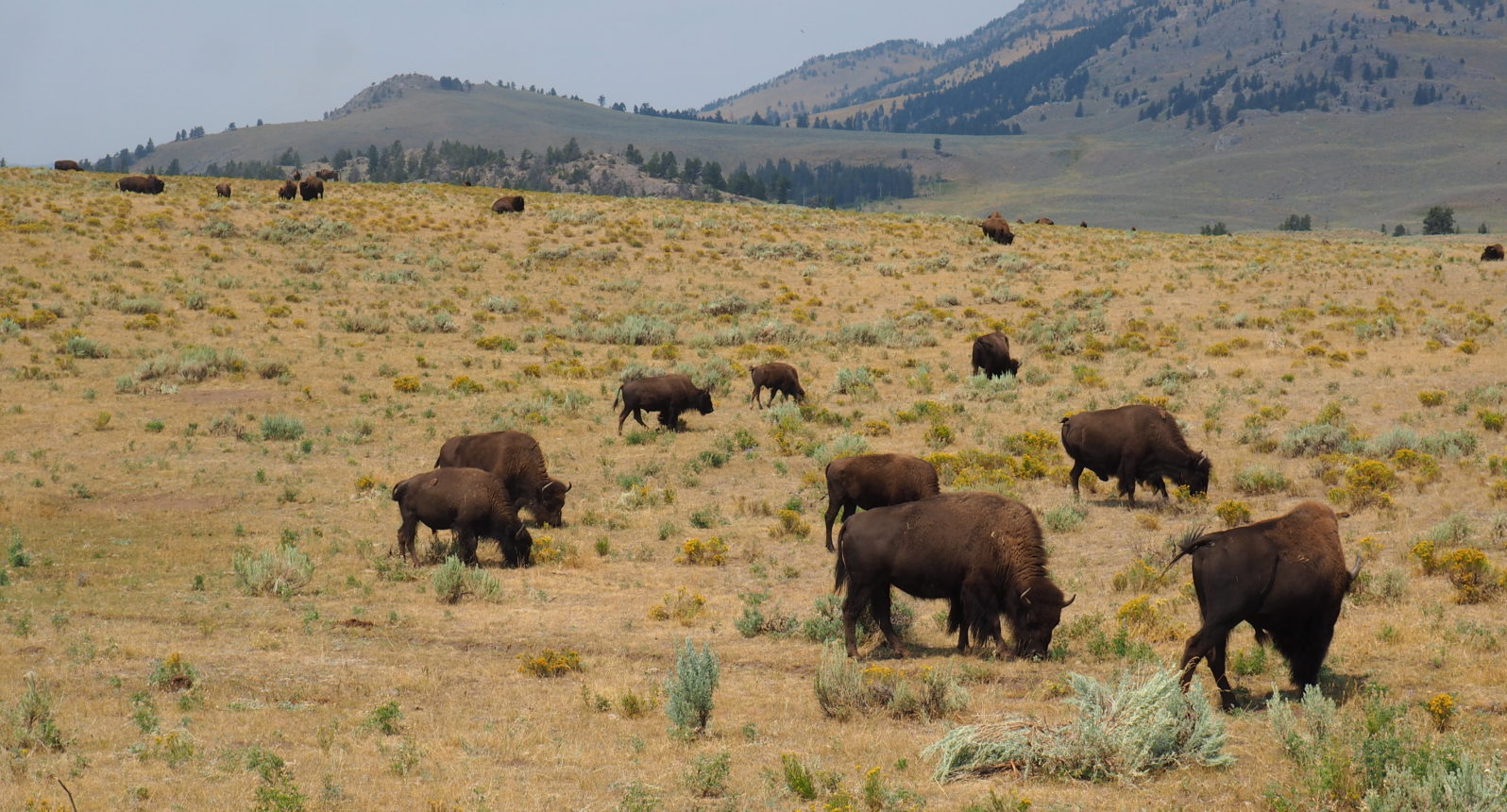
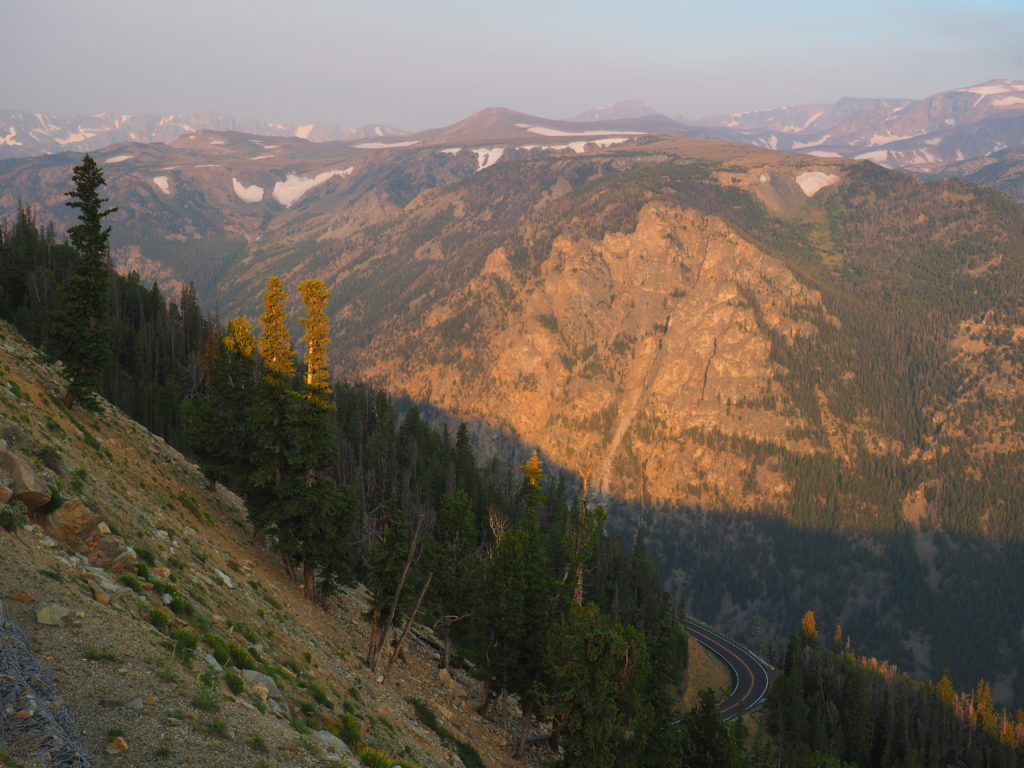
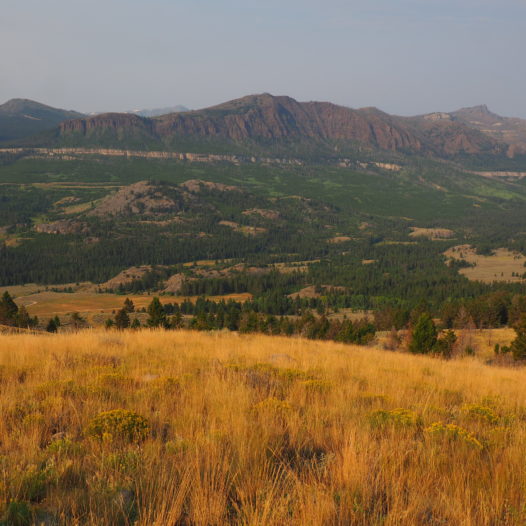
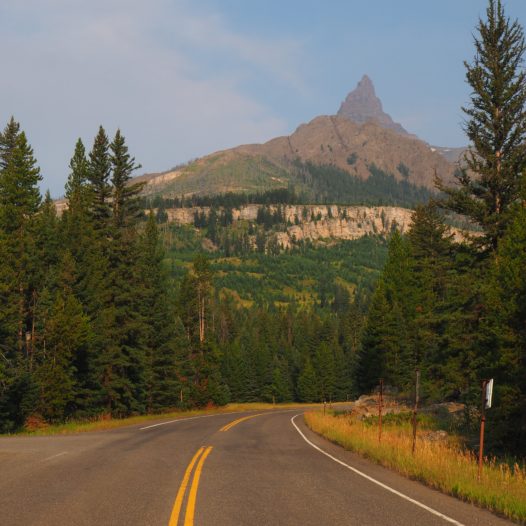
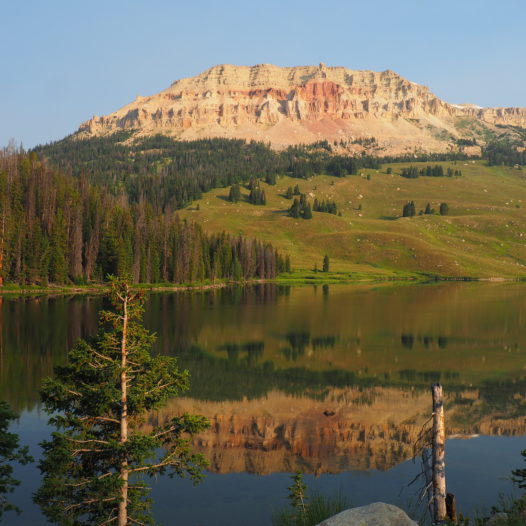
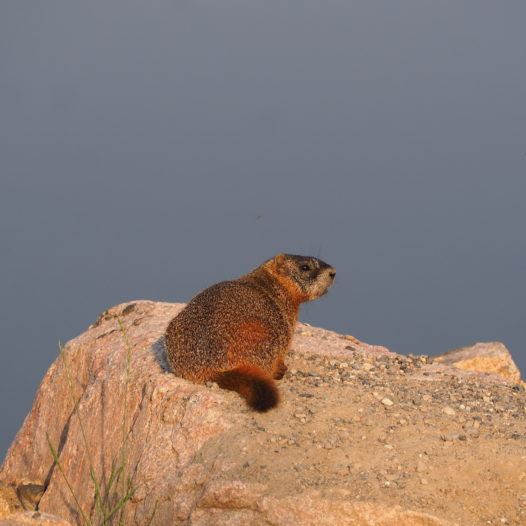
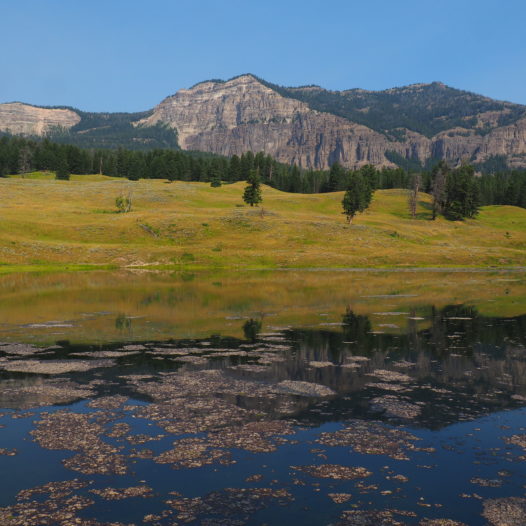
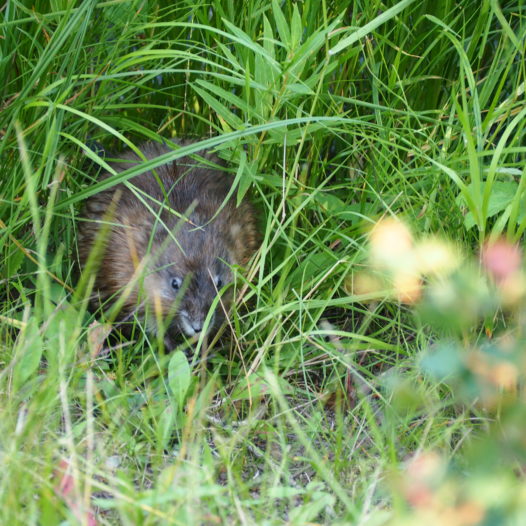
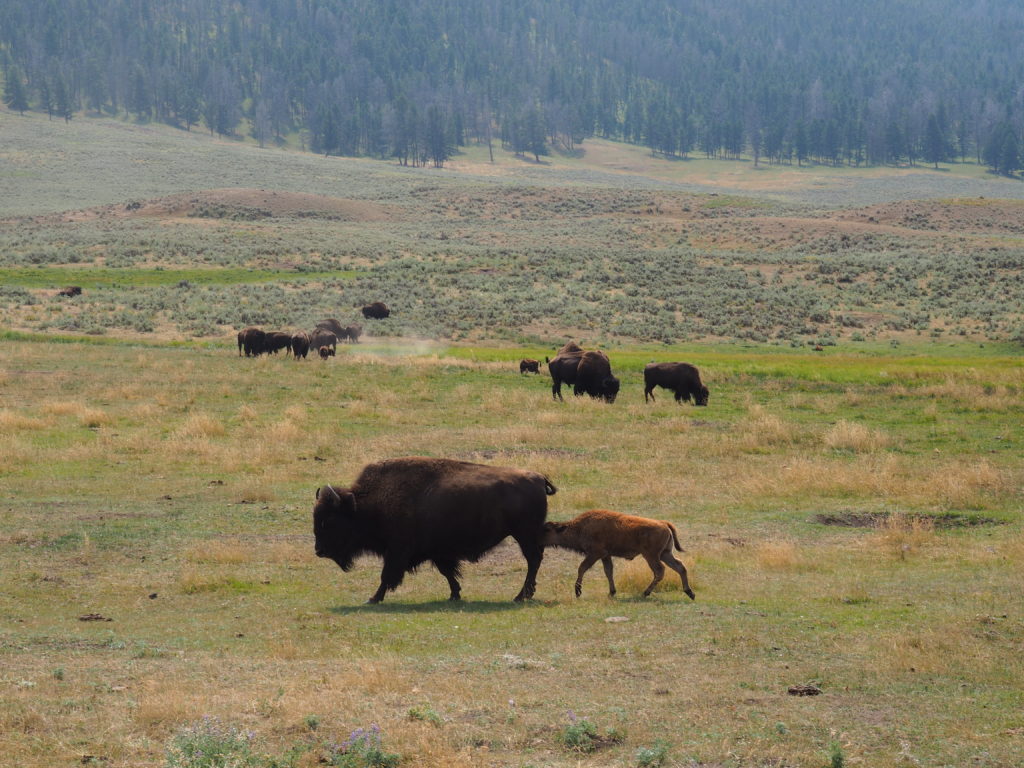
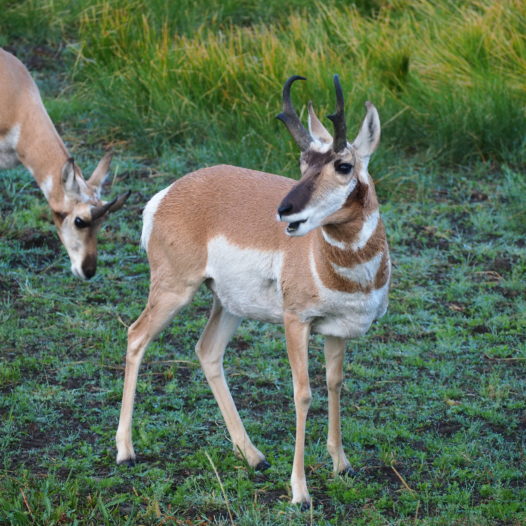
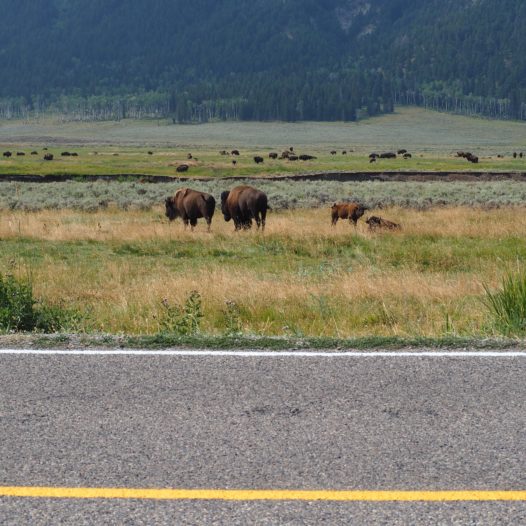
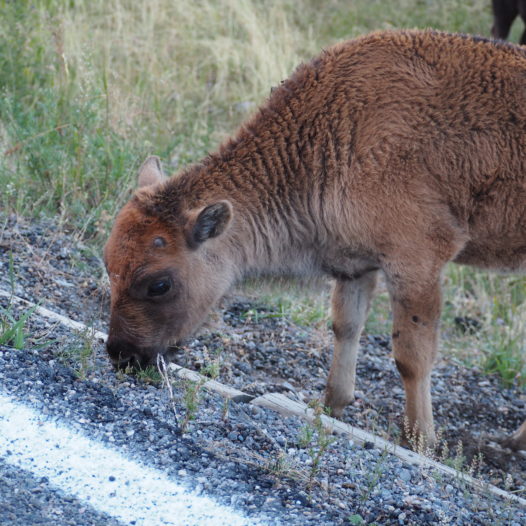
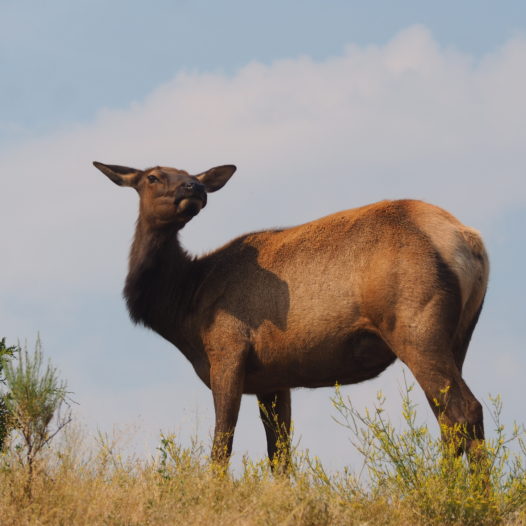
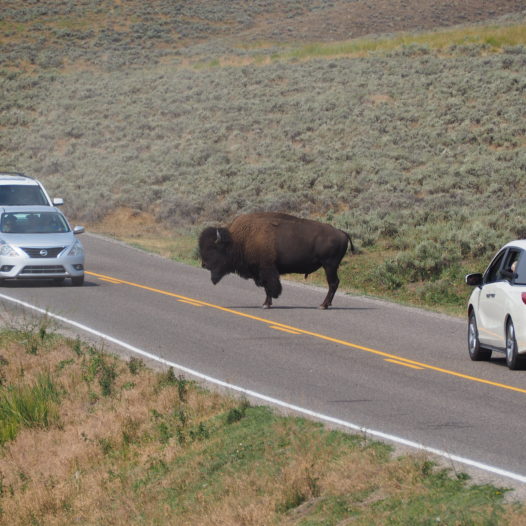


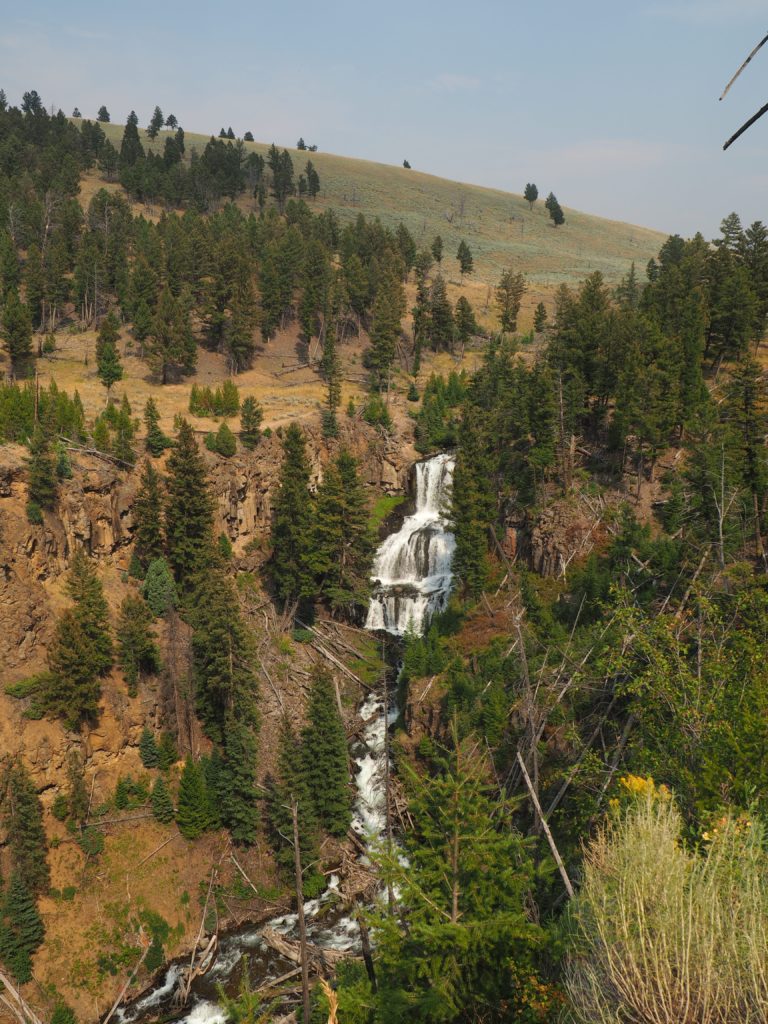
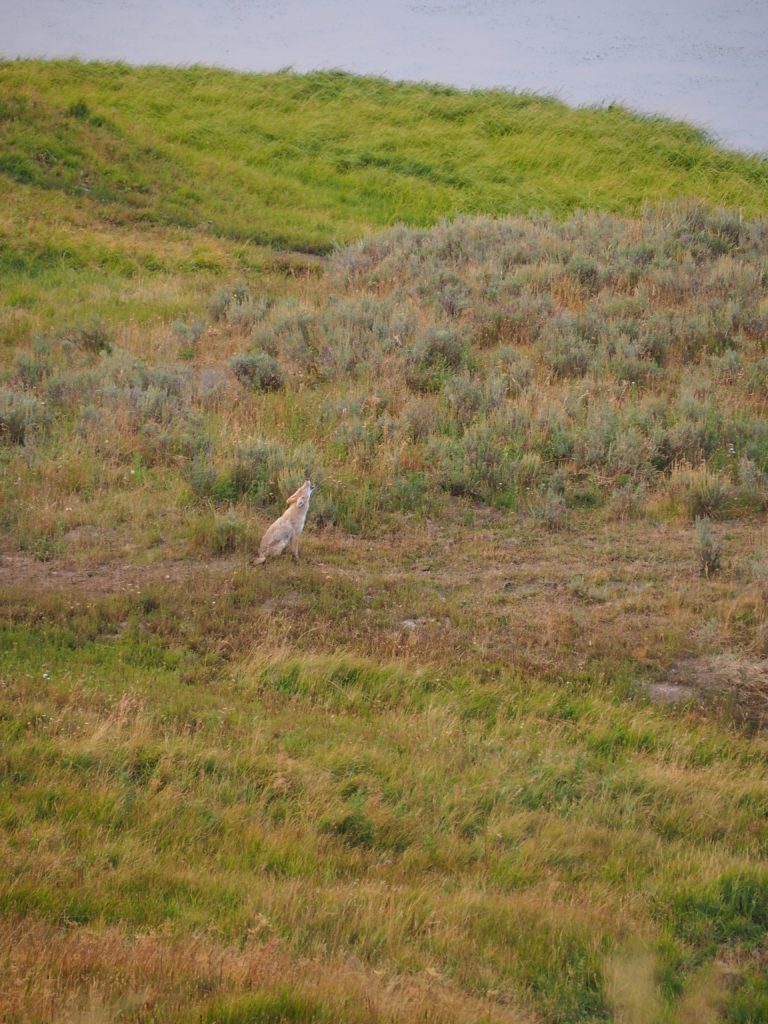
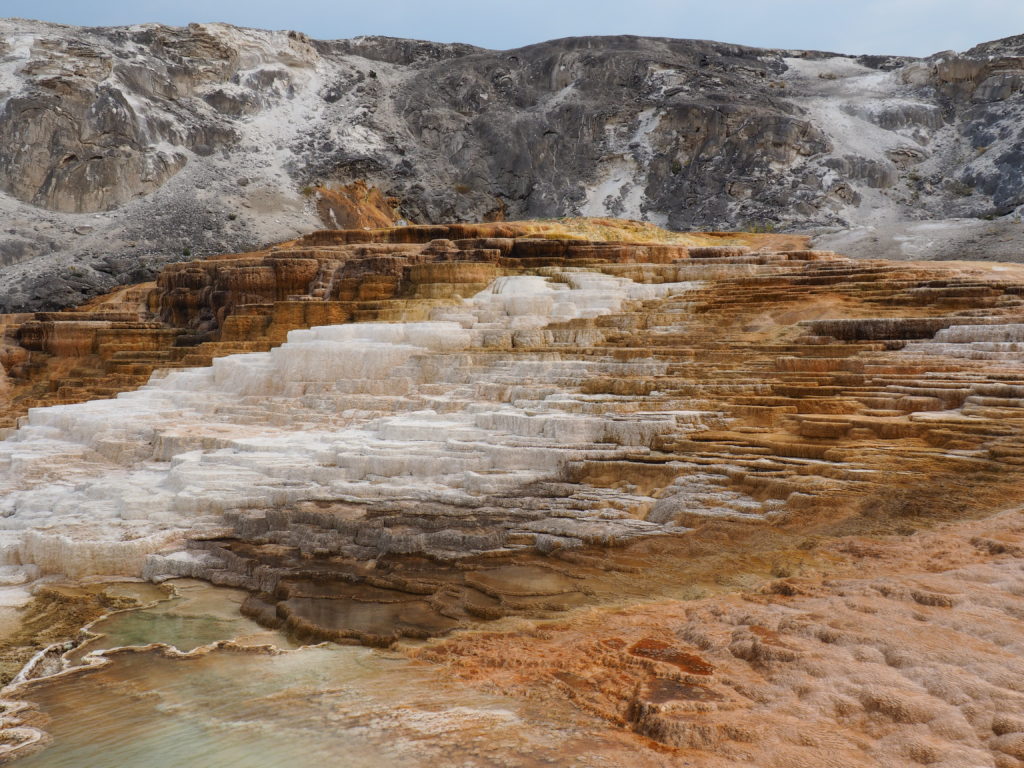
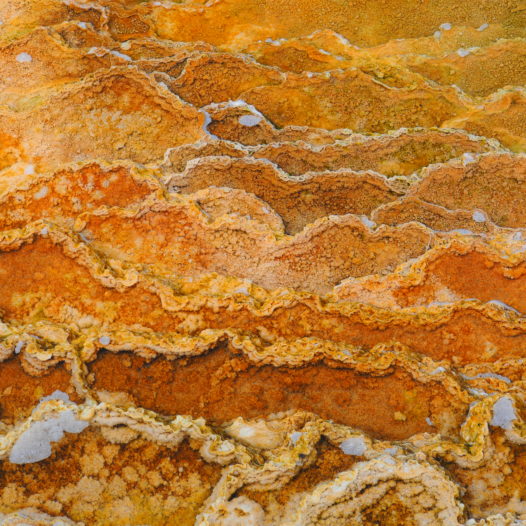
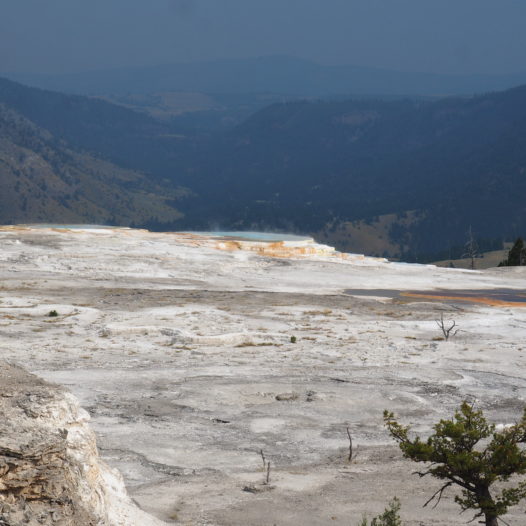
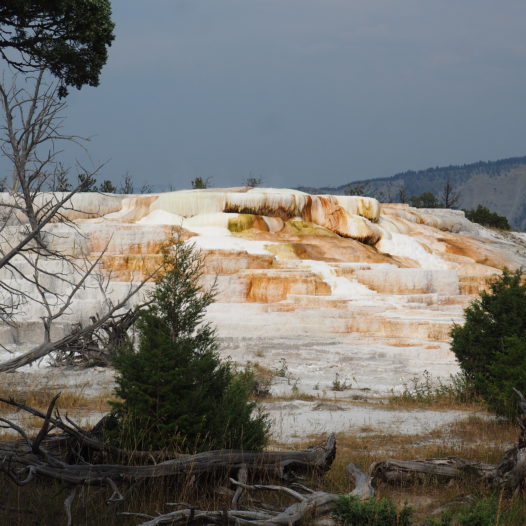
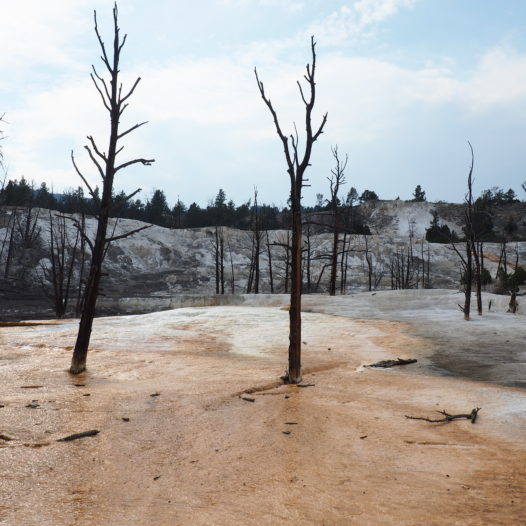
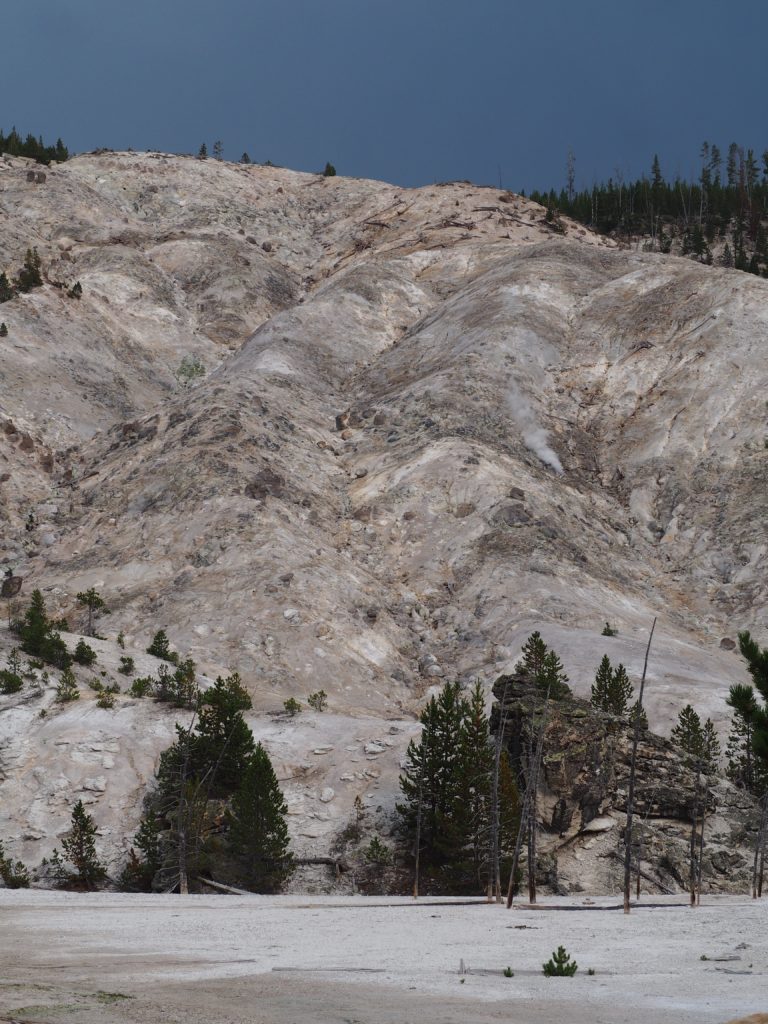
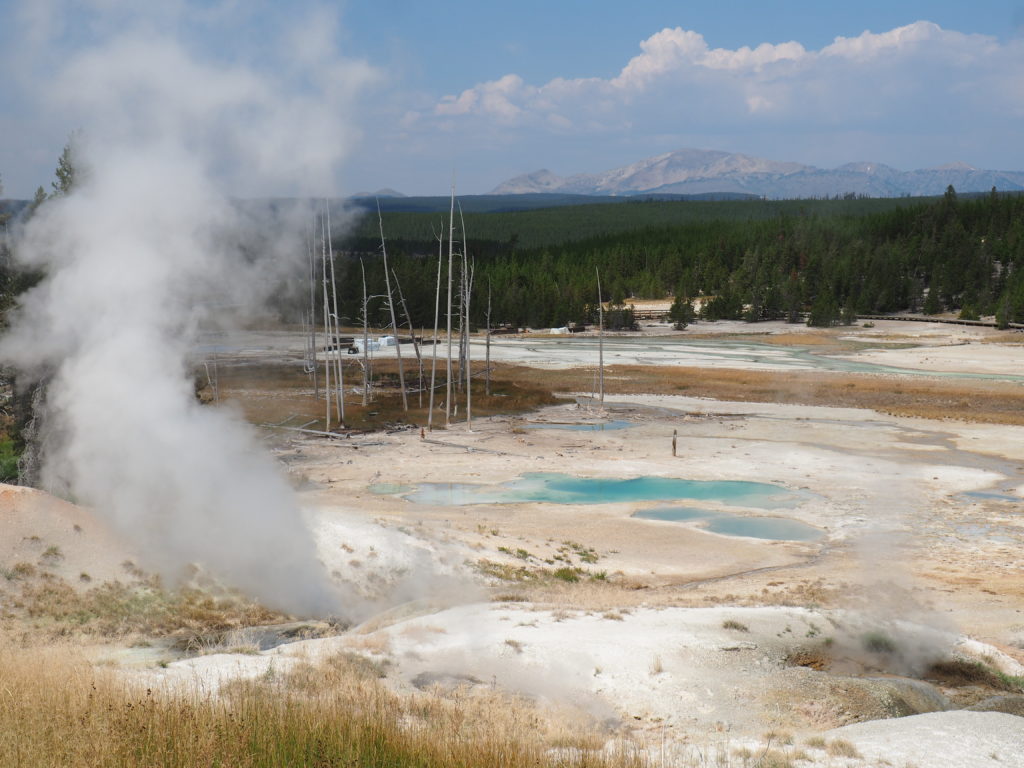
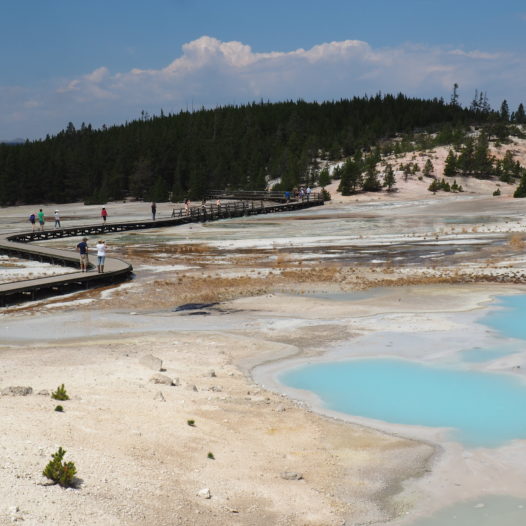
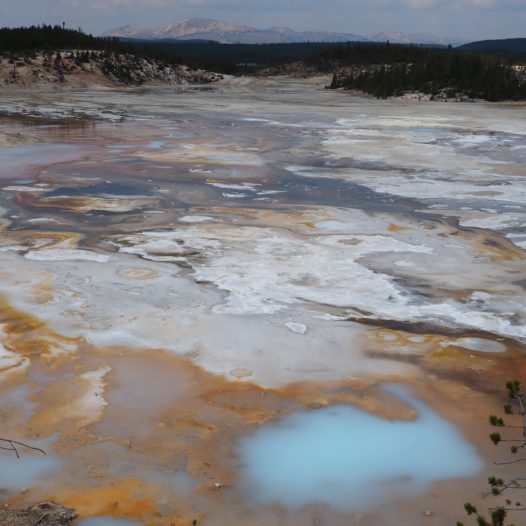
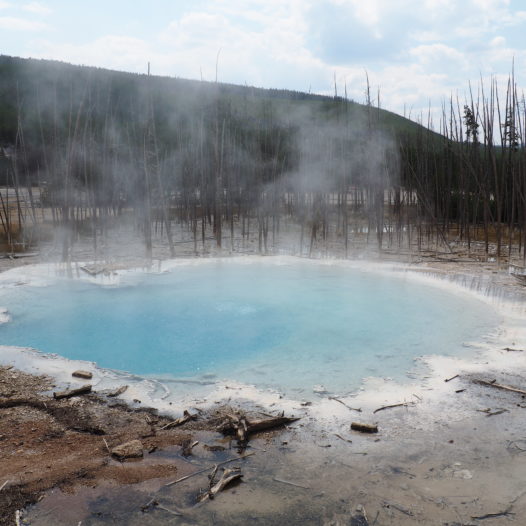
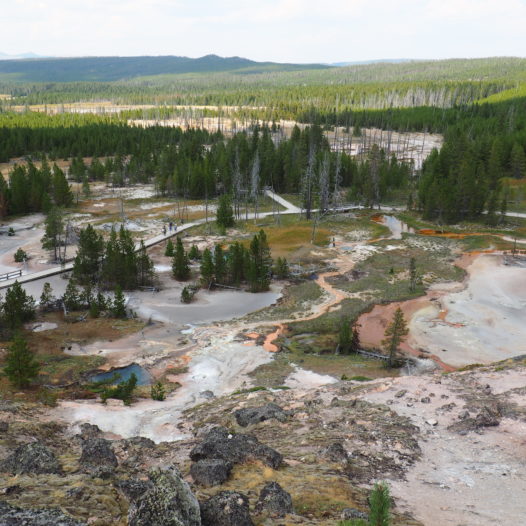
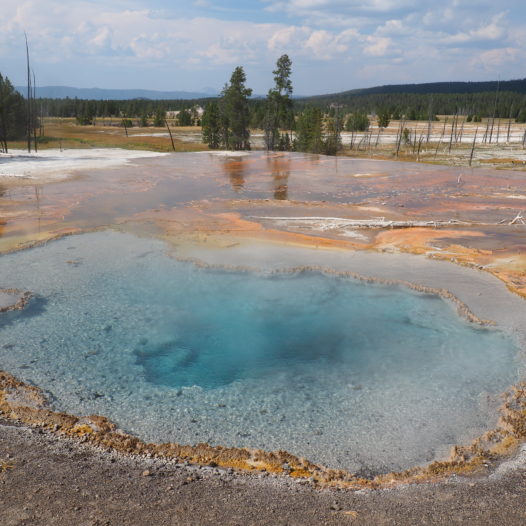
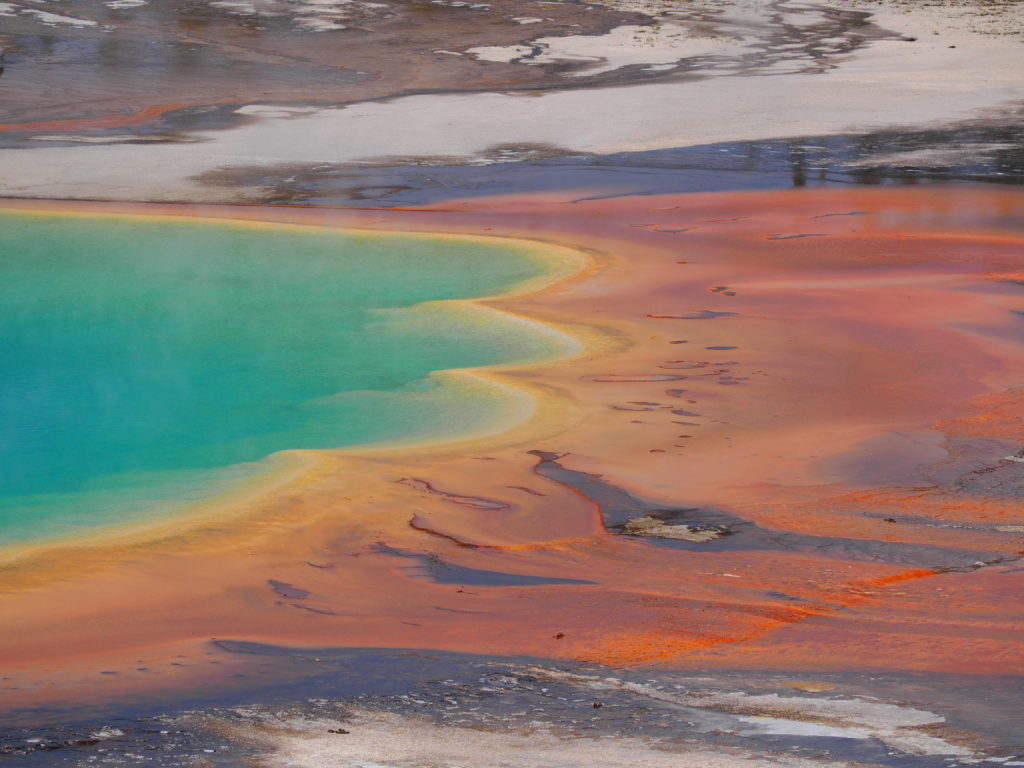
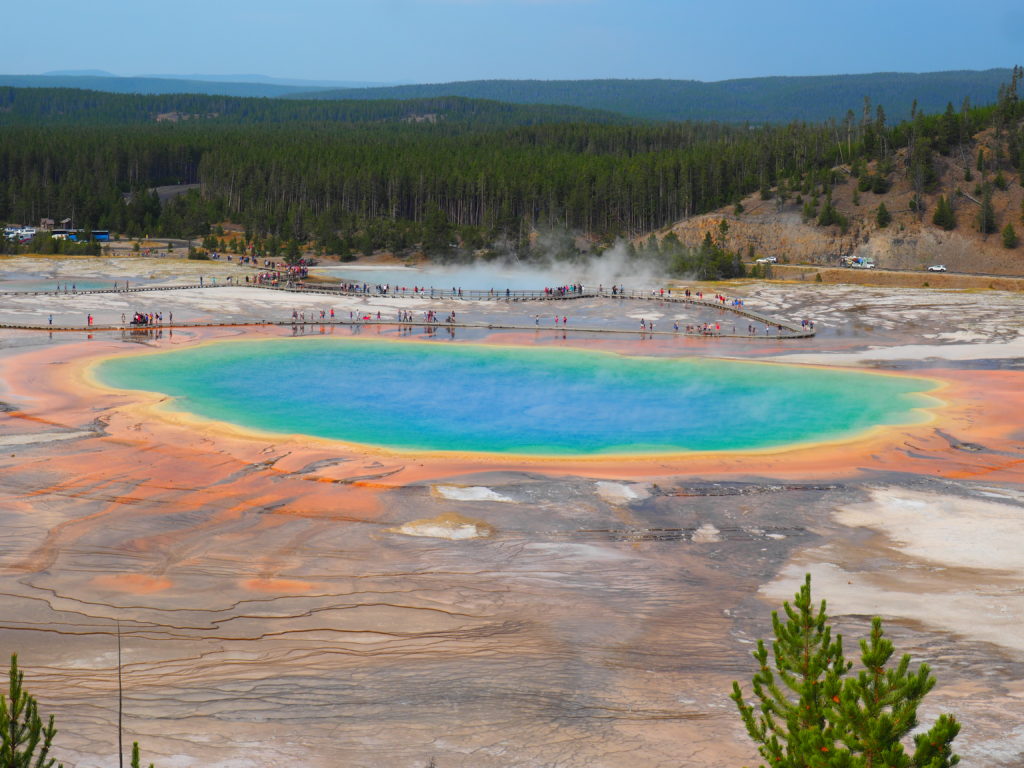
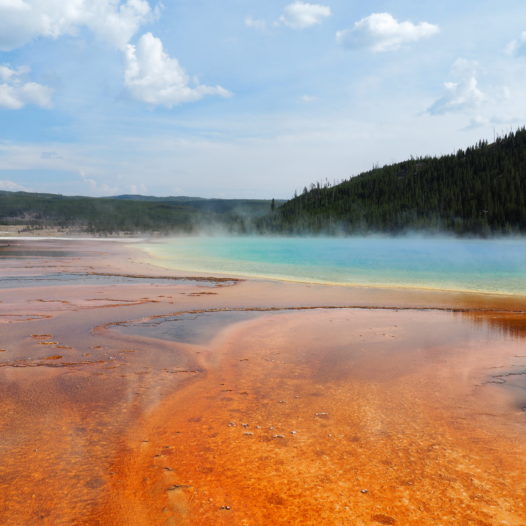
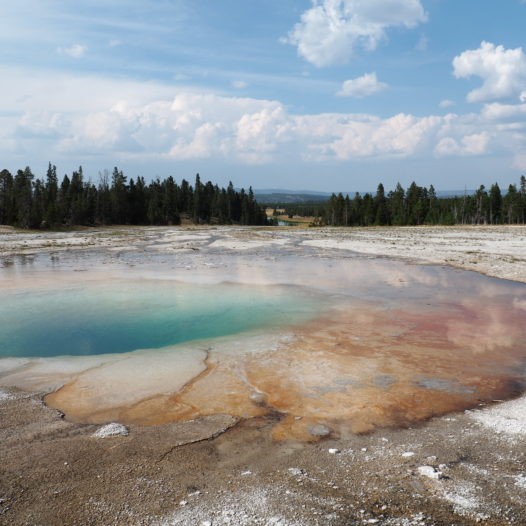
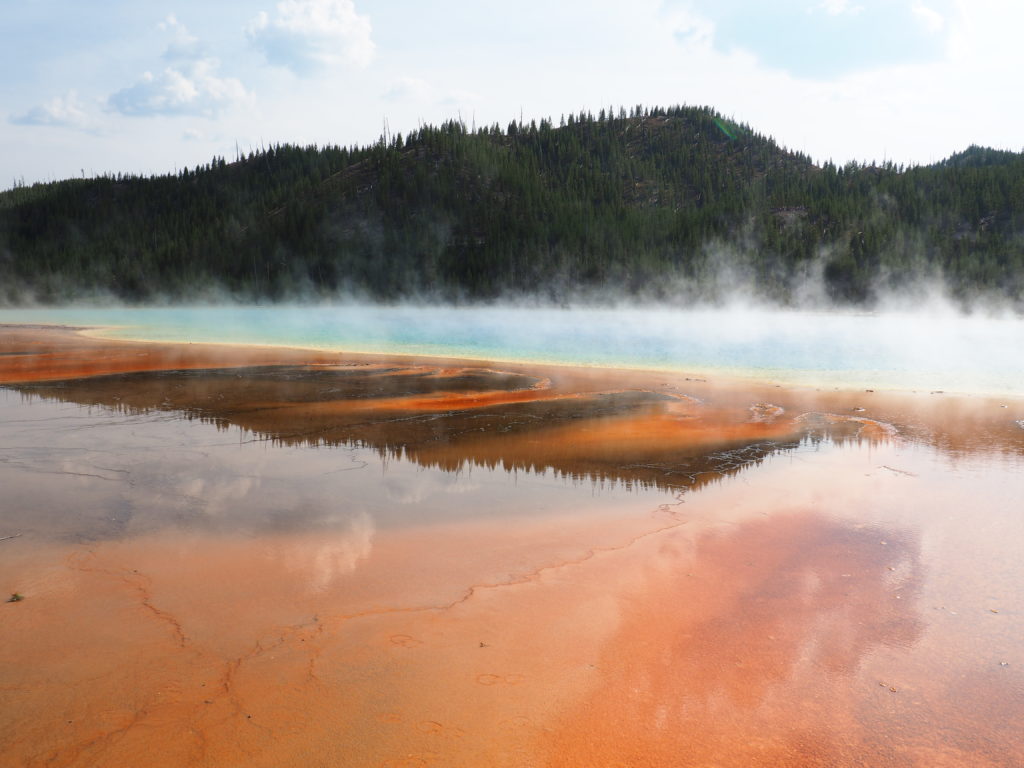
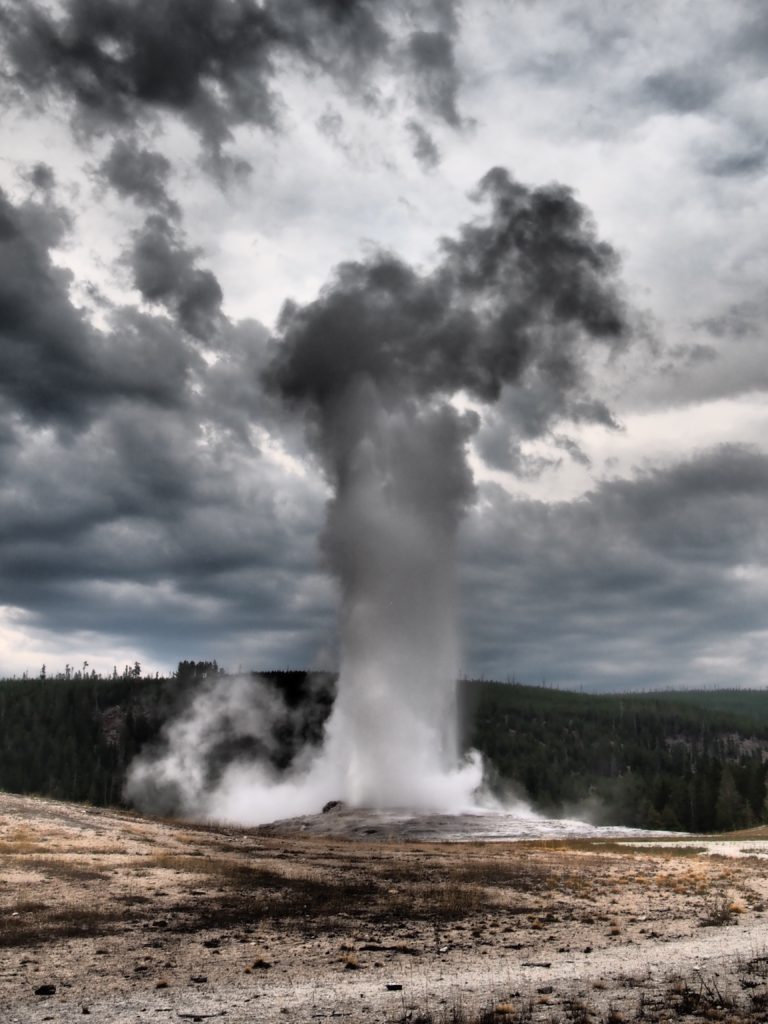
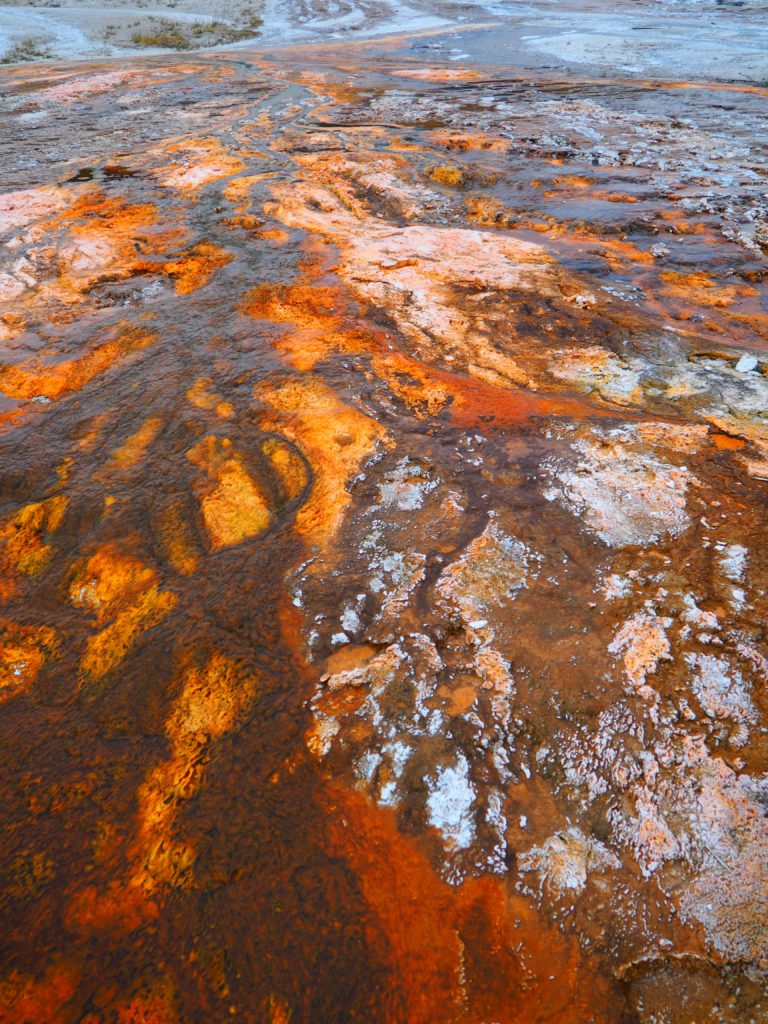
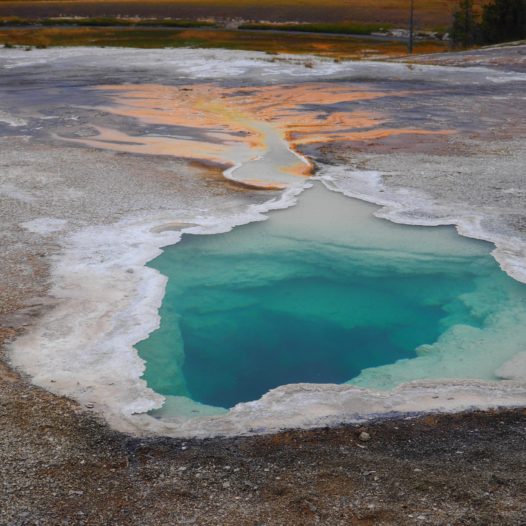
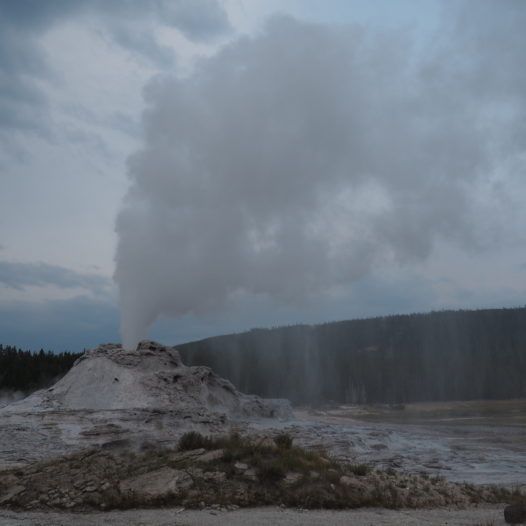
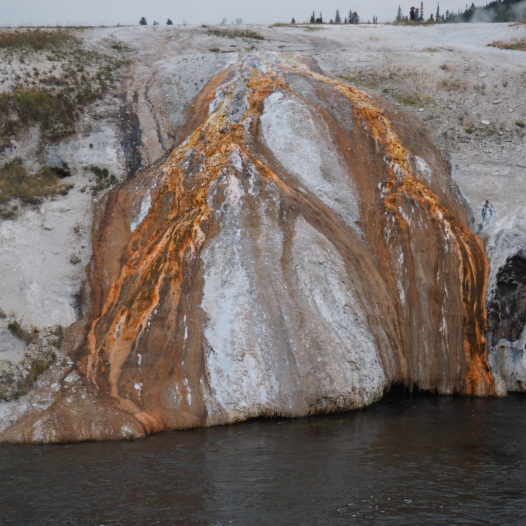
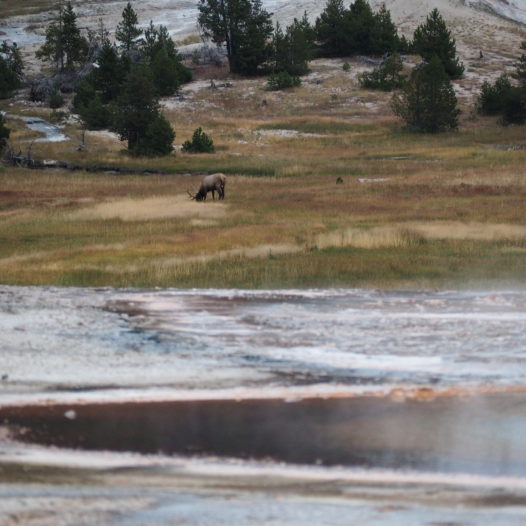
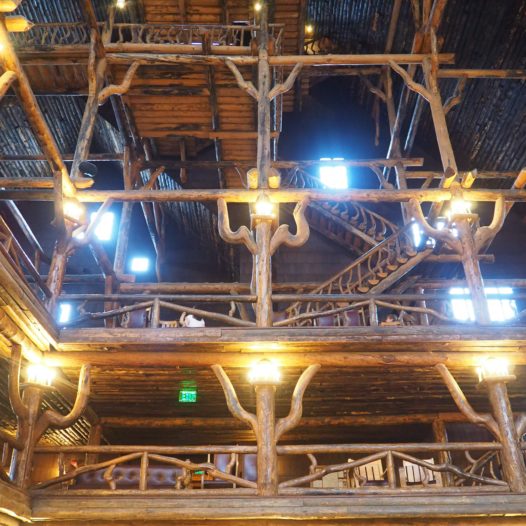
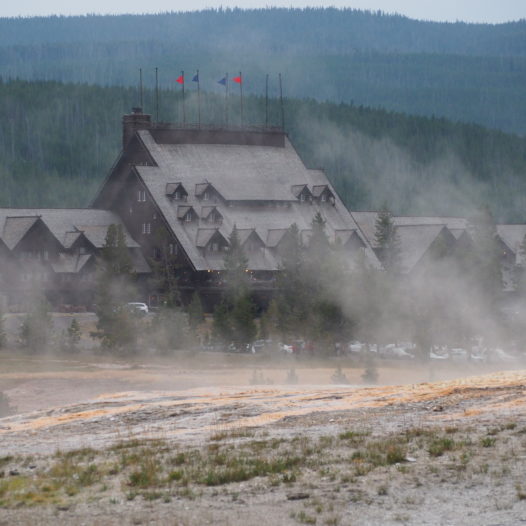
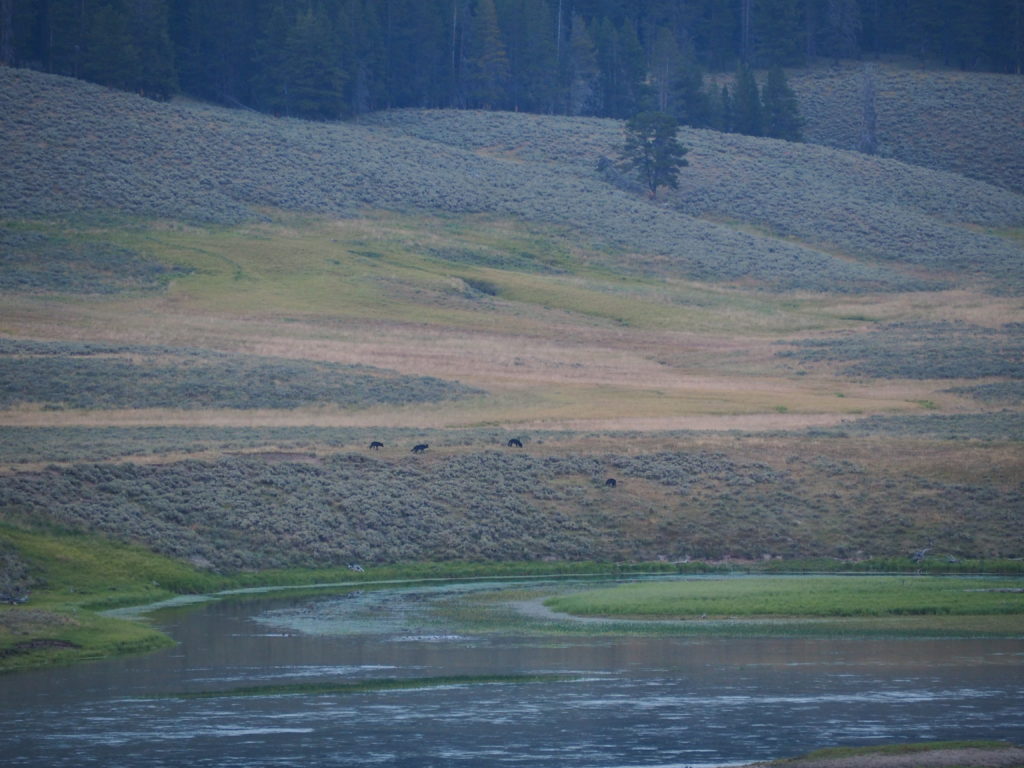
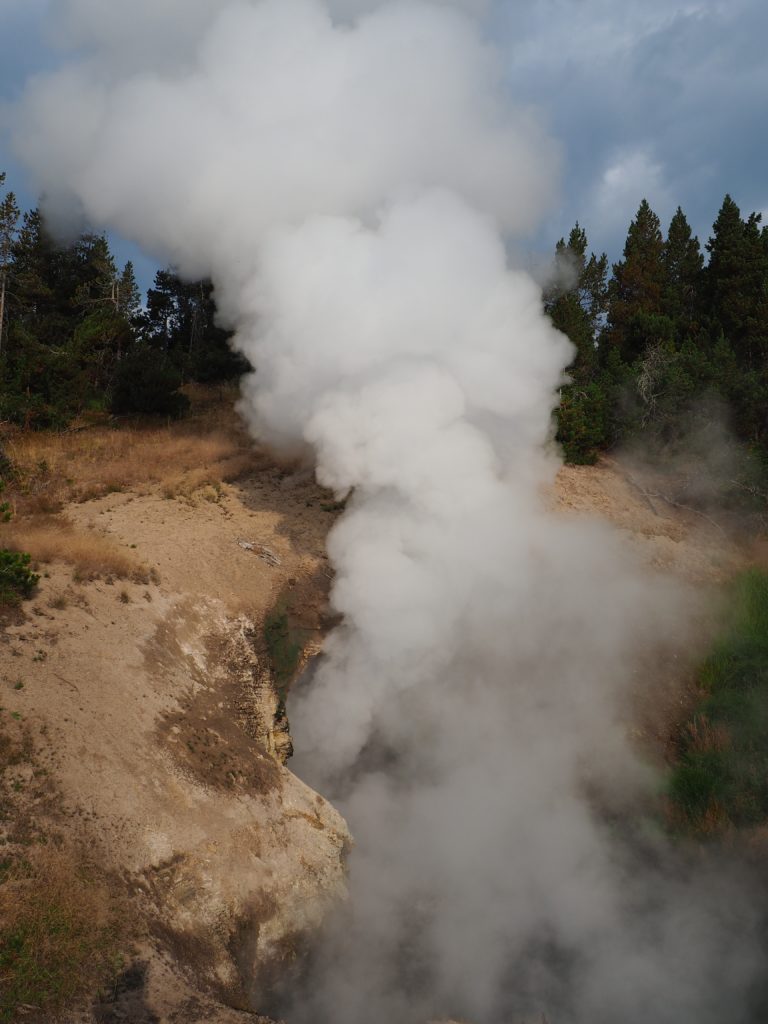
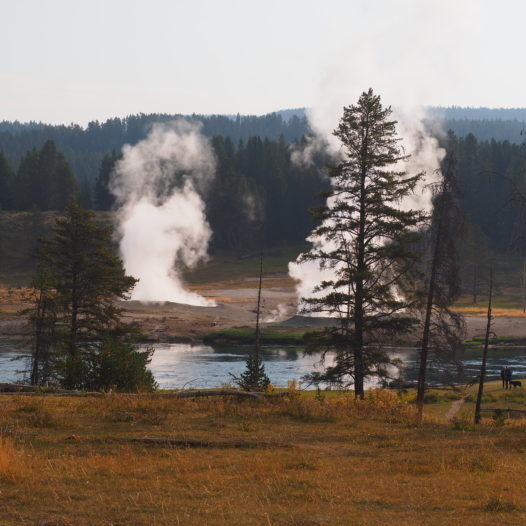
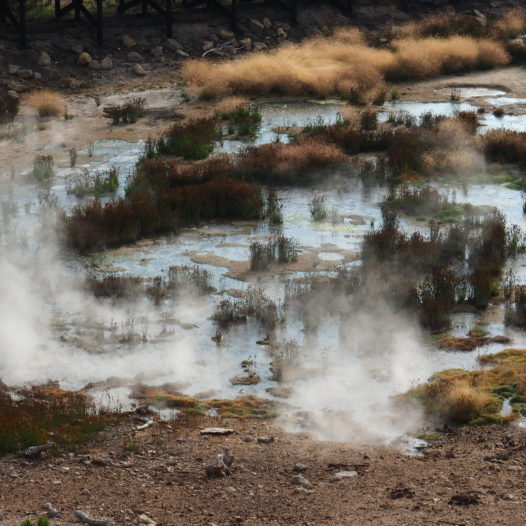
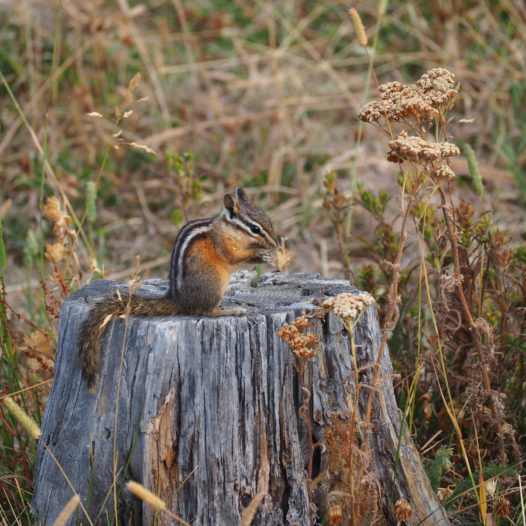
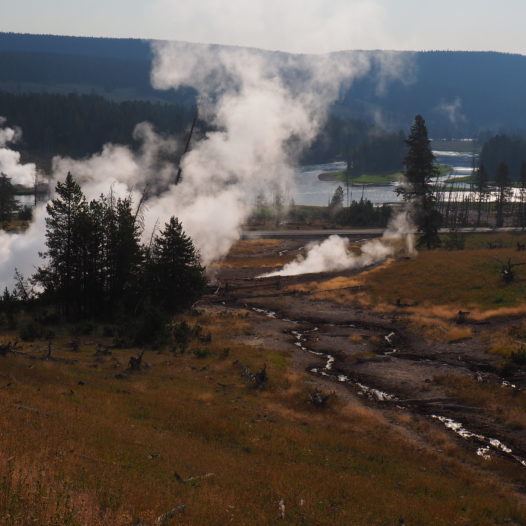
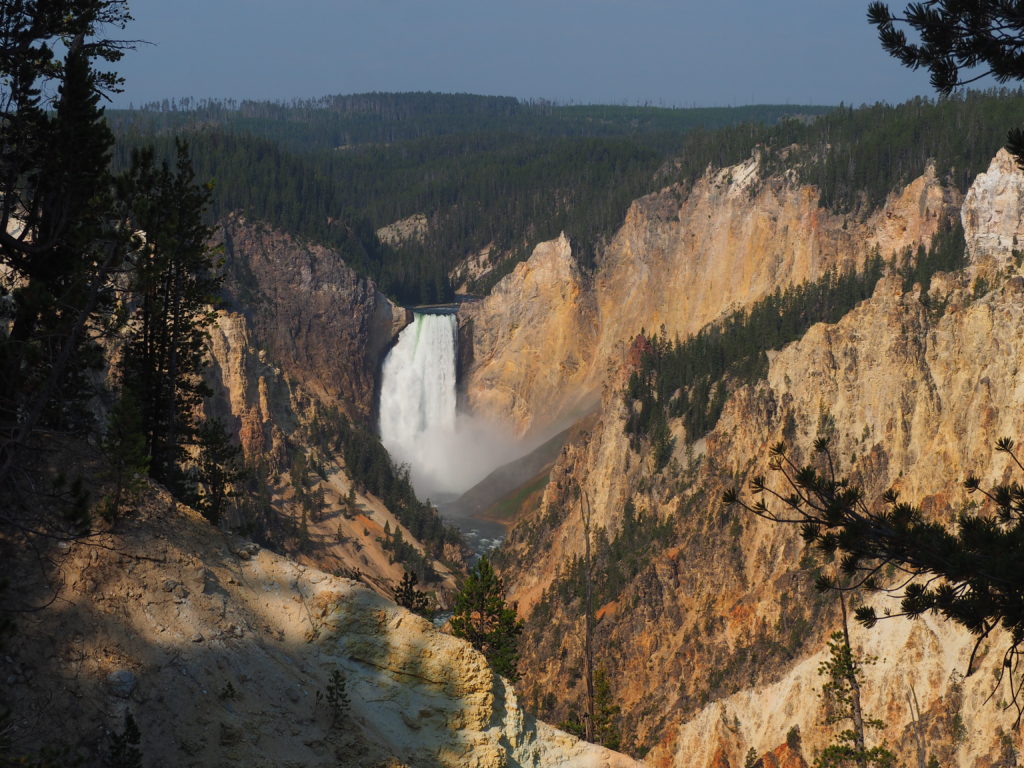
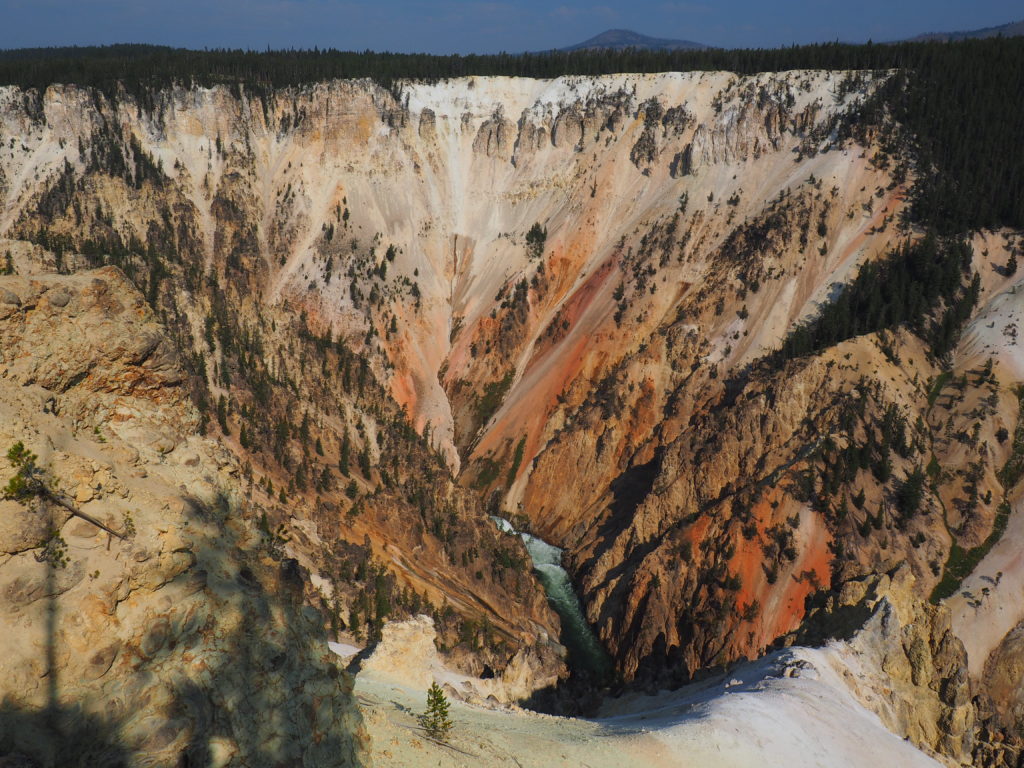
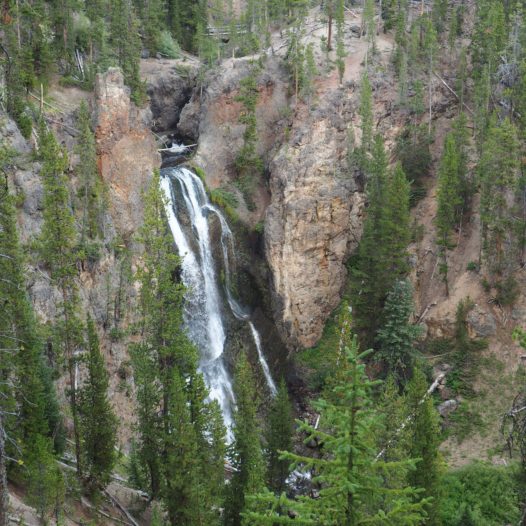
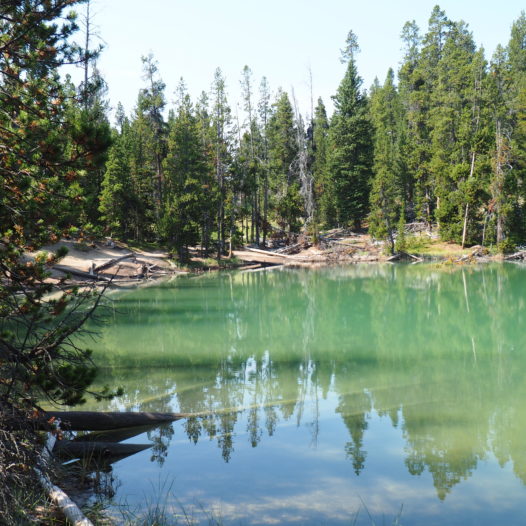
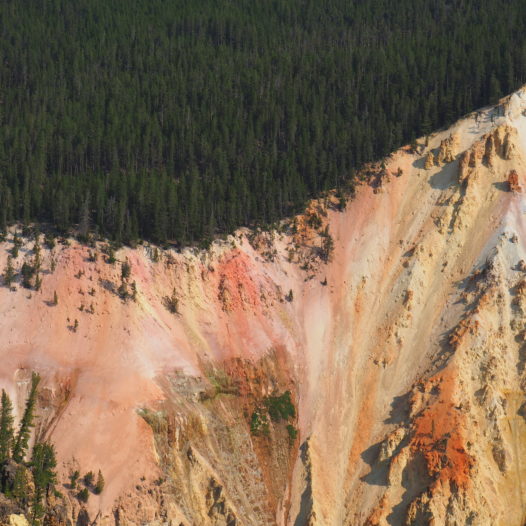
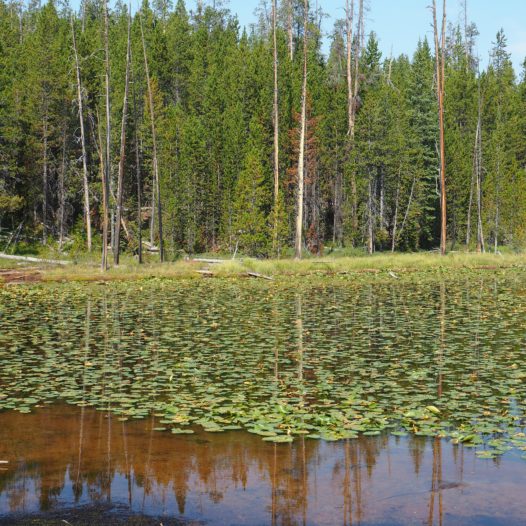
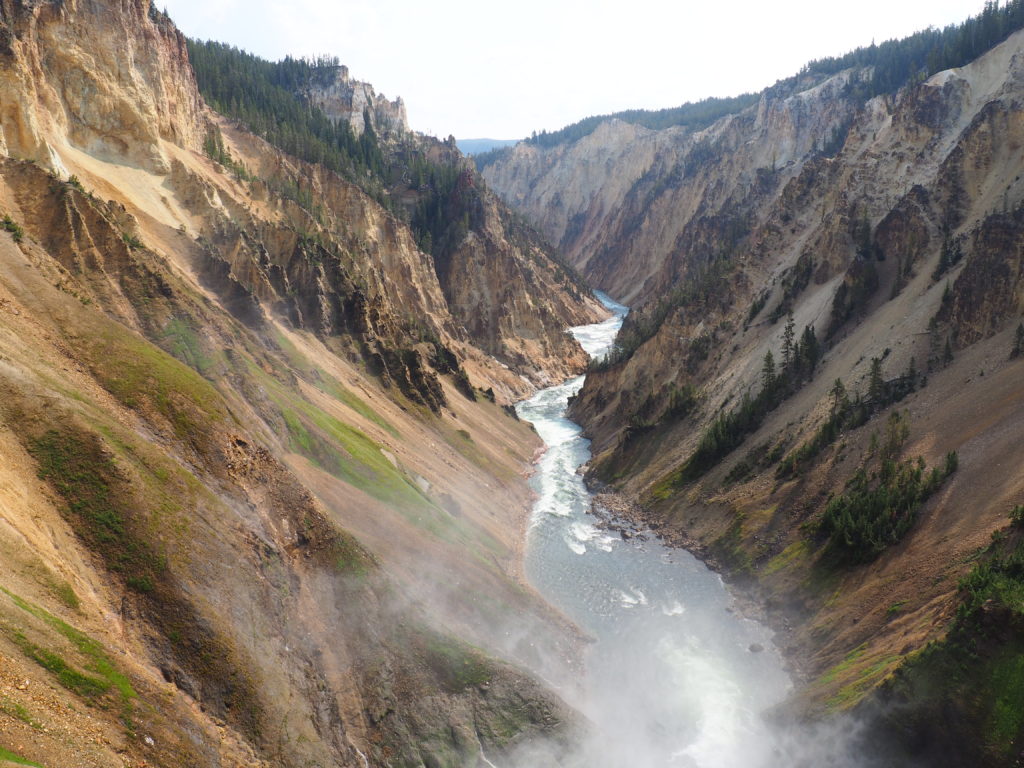
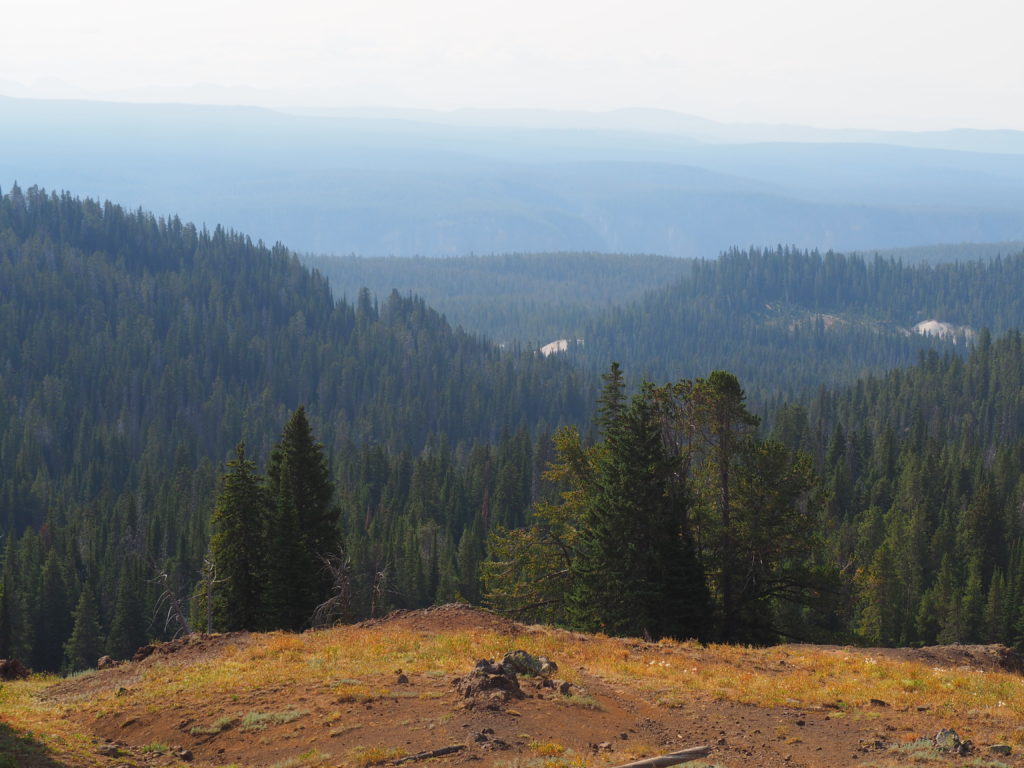
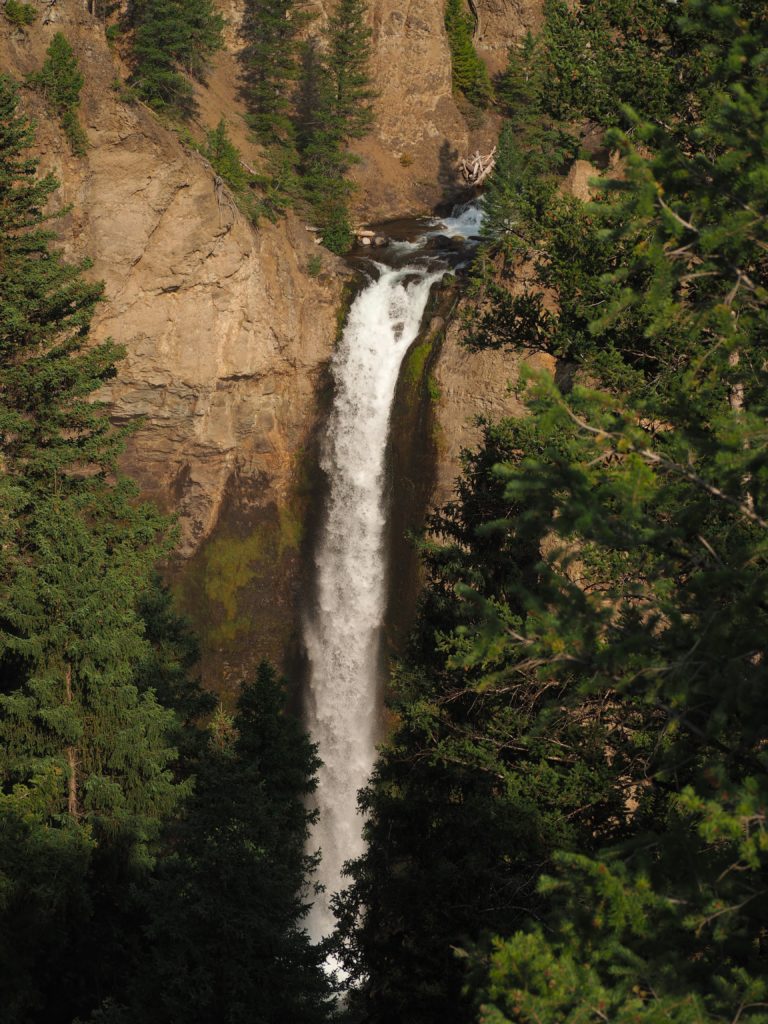
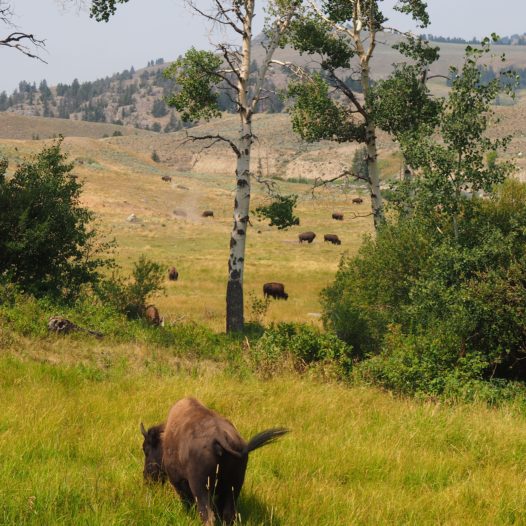
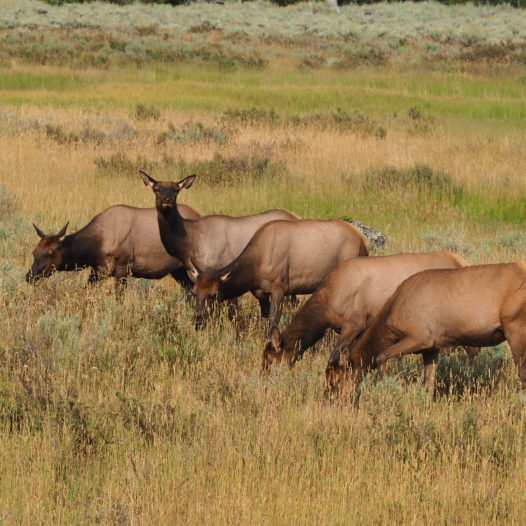
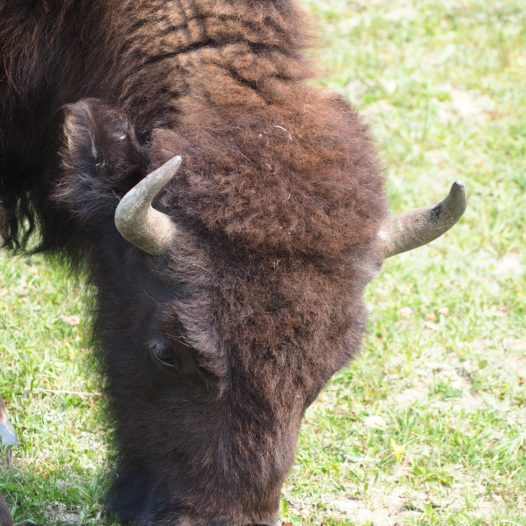
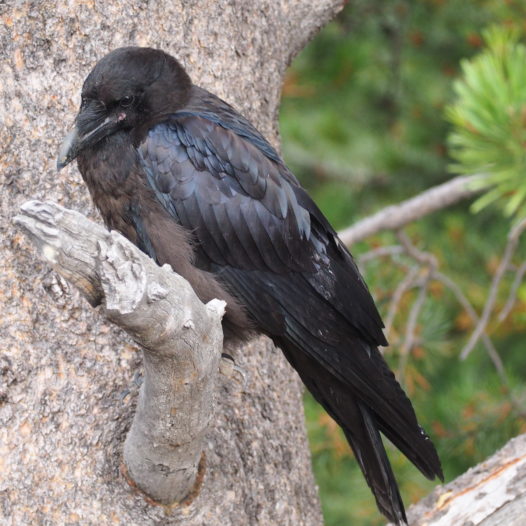
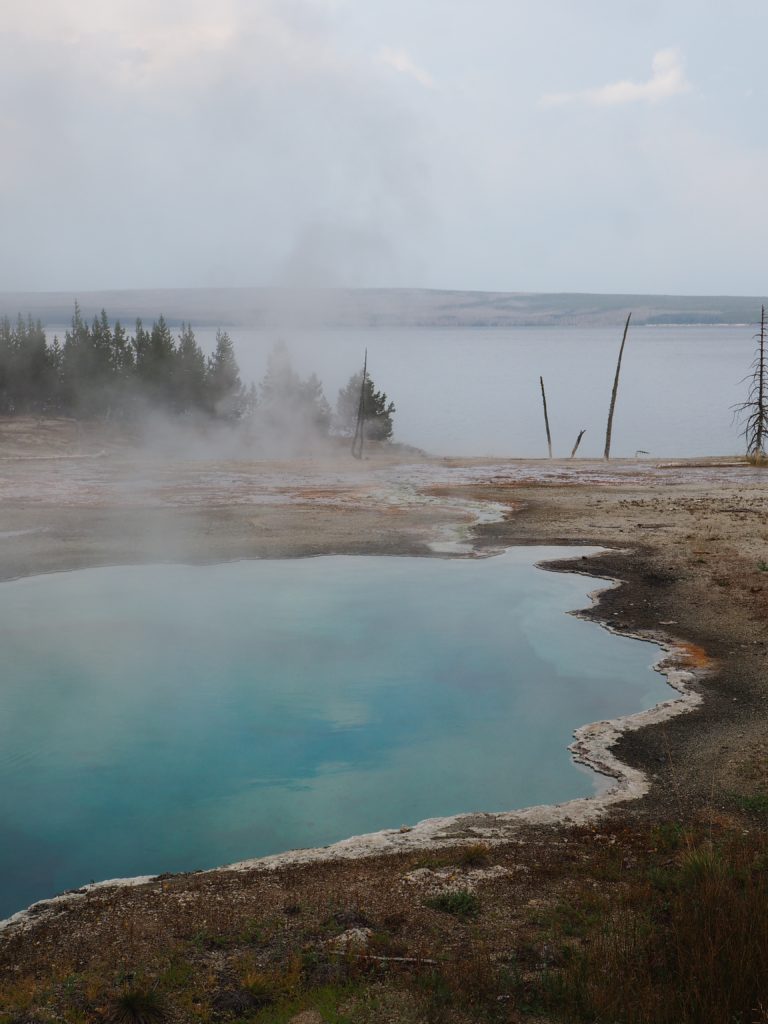
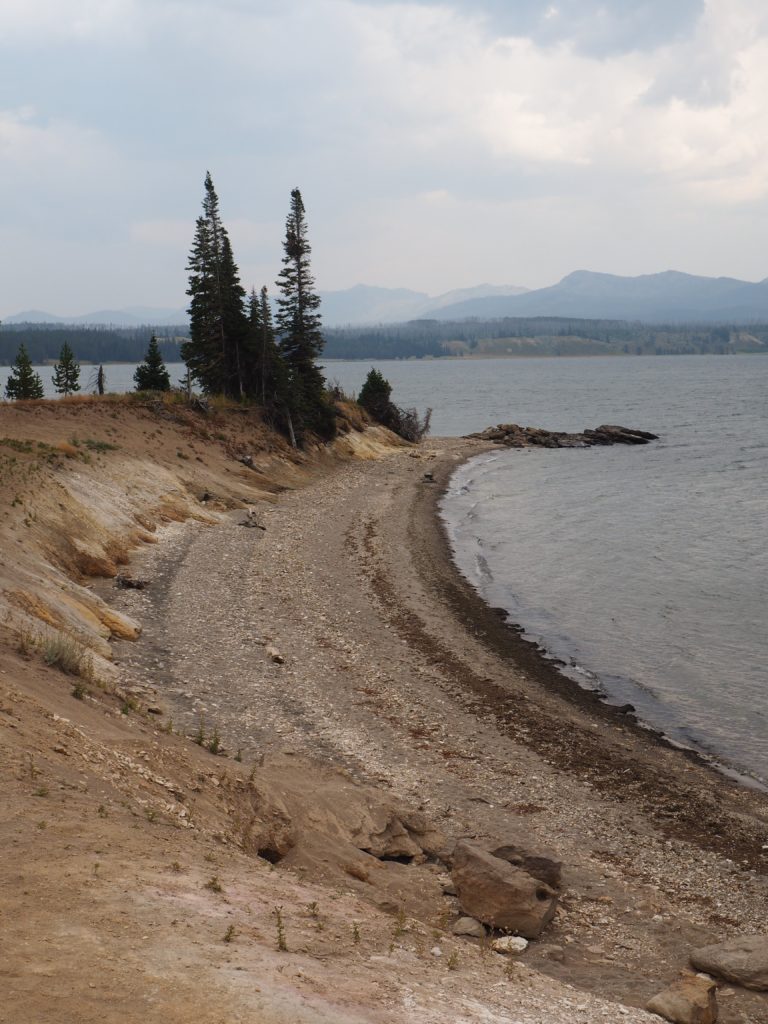
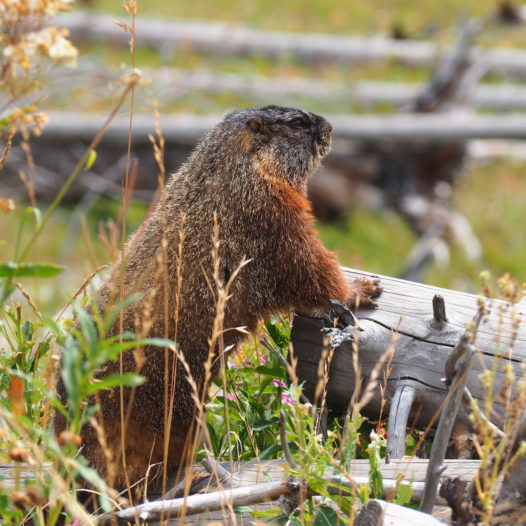
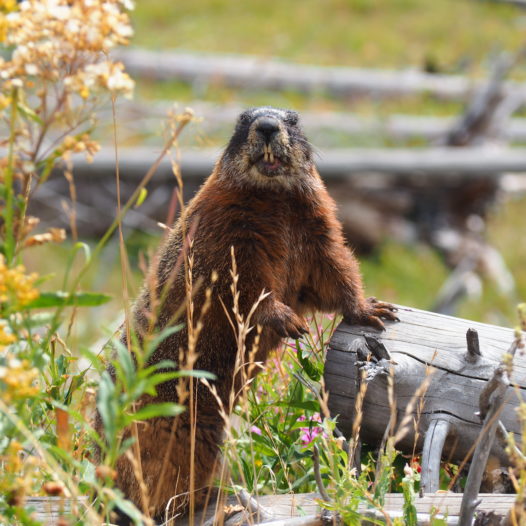
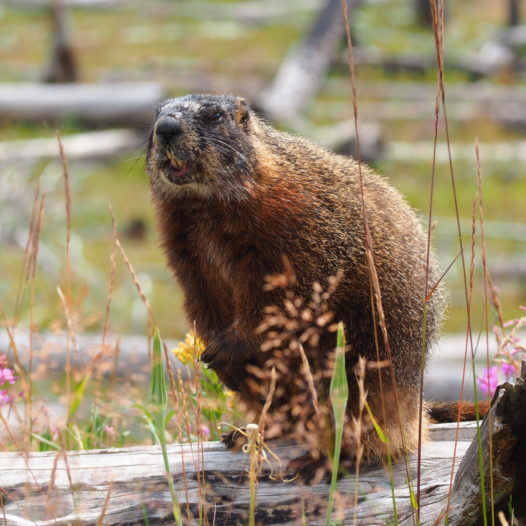
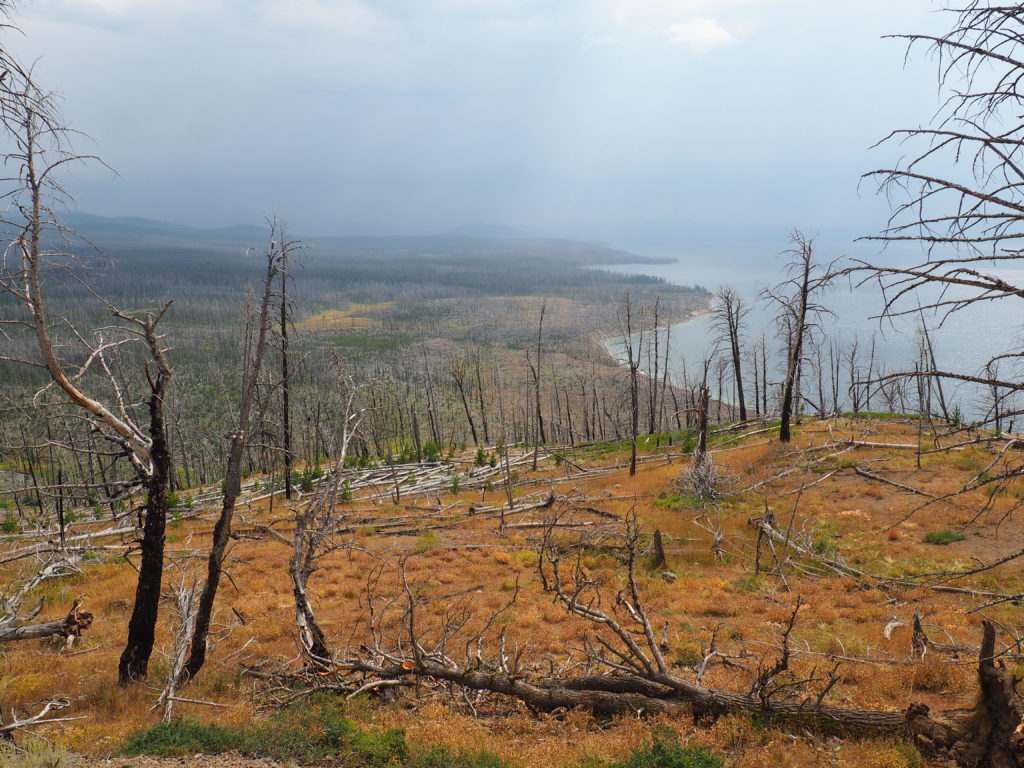
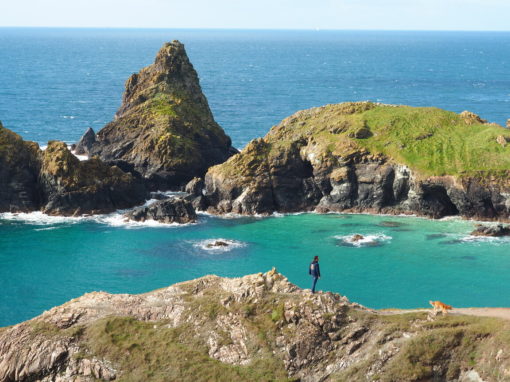
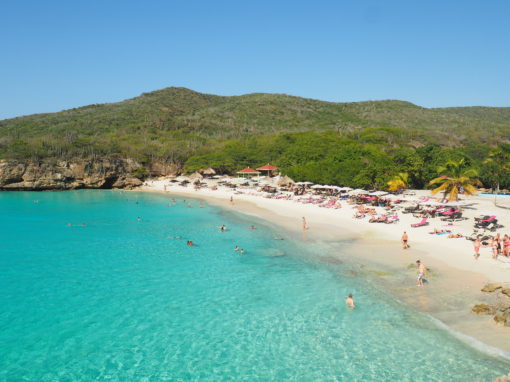
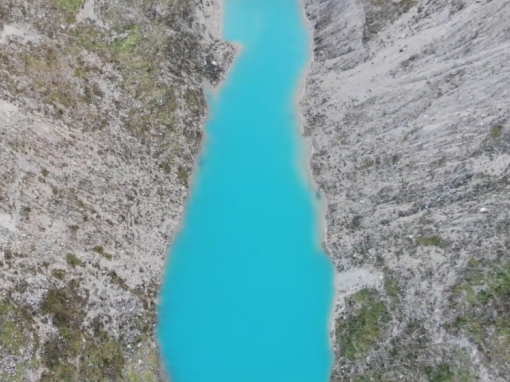

Auri
January 17, 2020 at 12:13 pm
Wow! Thank you for this! I love it
Can you please recommend where to stay if you are not camping based on your itinerary?
For example: Day 1-3 stay at Old Faithful Lodge
Day 4-5 Lake Yellowstone Hotel.
Thank you again!!
Auri
Kristel
January 19, 2020 at 10:30 am
Hi Auri, thank you for the comment, very thoughtful! I think anywhere around Canyon village would be a proper base for the first days. Although I also really like the Roosevelt Lodge at the more northern part of Tower Junction (which is also a great base for early morning wildlife spotting). The Old Faithful Lodge would indeed be a perfect fit for the last days. I really loved the atmosphere over there!! Hope this helps – enjoy (preparing) your trip! Best wishes, Kristel from TTT
Maria
June 15, 2020 at 12:44 pm
Hi! This is amazing, thank you. Is this a trip that can be done in RV? I have read on other sites that some routes are not recommended for RVs. Thanks!
Kristel
June 24, 2020 at 4:06 am
Hi Maria, the main route (the big circle) for sure can be done with an RV, indeed not so much the smaller ones in between. So most of the points on this map above for sure can be reached! Have a lot of fun, I hope you will encounter lots of marvels! Best wishes, Kristel from TTT
jamie Stone
June 22, 2020 at 12:04 pm
If we are planning on car camping, do you have recommendations as to the best places for this itinerary. Do you recommend moving camp each night? Or staying in one spot for a few nights? We are open to traveling around which is why we are car camping in a boho van. Making it as easy as possible to travel around and get on the road quick in the am!
Kristel
June 24, 2020 at 4:17 am
Hi Jamie, thank you for your comment. I personally stayed at one of the big campgrounds nearby the lake, Bridge Bay, since we visited the area during peak season. But there was little shade at our spot, so I wouldn’t recommend this one. Personally I really liked the smaller campgrounds, but they are first come first serve unfortunately: Indian Creek, Lewis Lake, Mammoth, Norris, Pebble Creek, Slough Creek and Tower Fall. So I guess it depends on the preference, and the month you are visiting! Good luck with the preparation! Best wishes, Kristel from TTT
Iryna Gudyma
July 21, 2020 at 10:06 am
Hi Kristel,
I would love to use your itinerary and trying to download the map, but it seems like it’s not possible, is there a way you can share it as a google map or make downloadable? Thank you.
Kristel
July 22, 2020 at 2:59 am
Hi Iryna,
Thank you for your comment! No I’m sorry, unfortunately you can’t download it. I’ll put it on my website wishlist! Have a great trip!!
Best wishes, Kristel from TTT